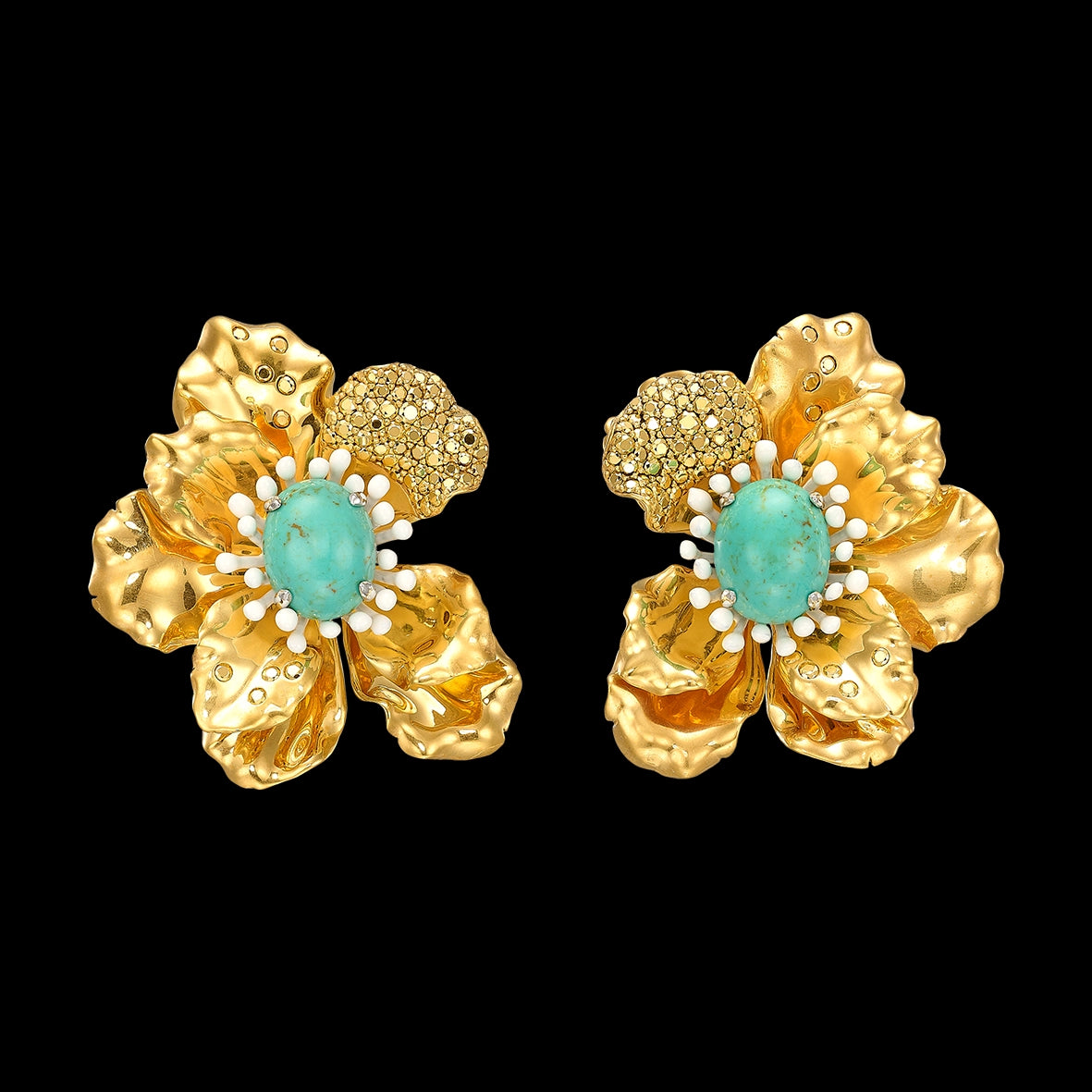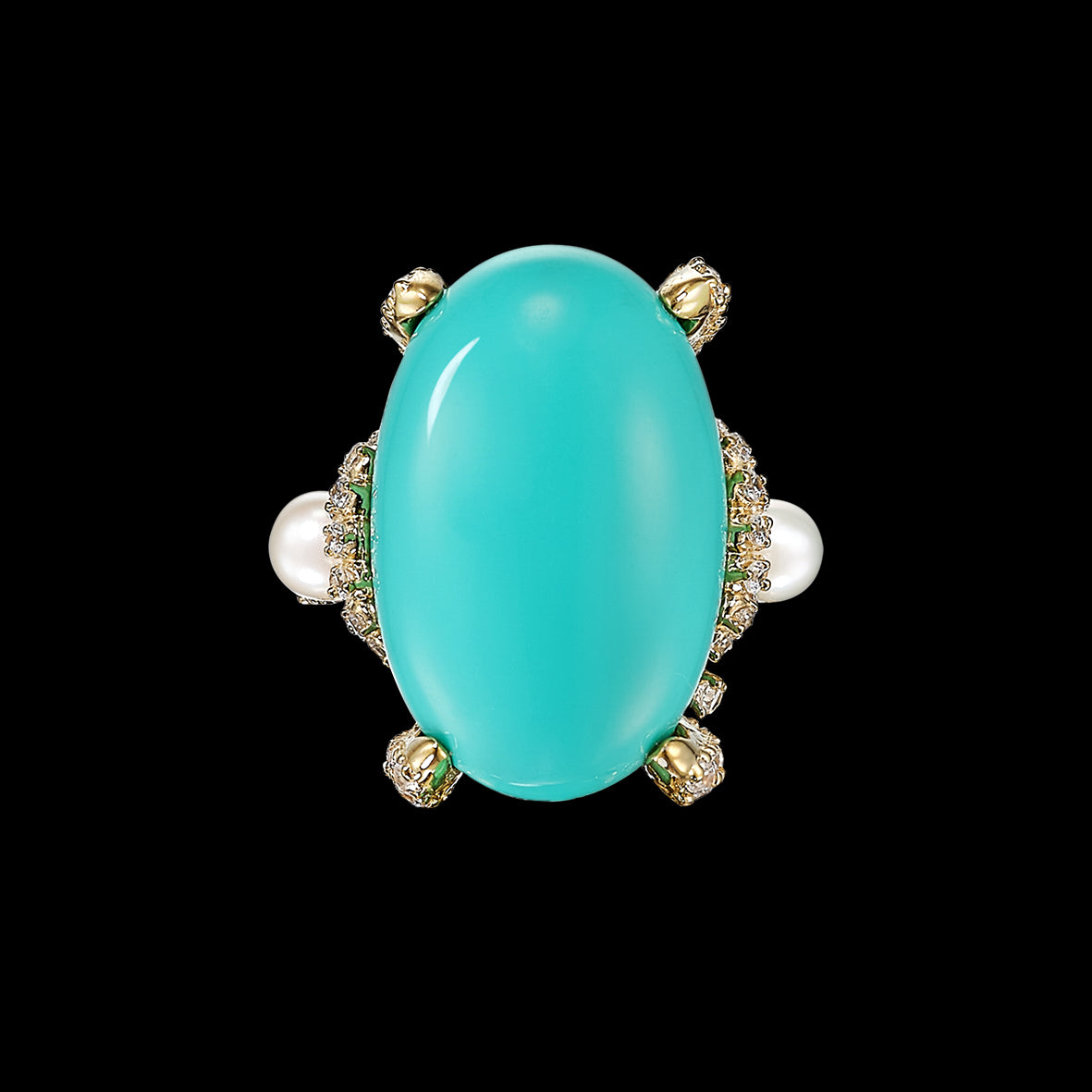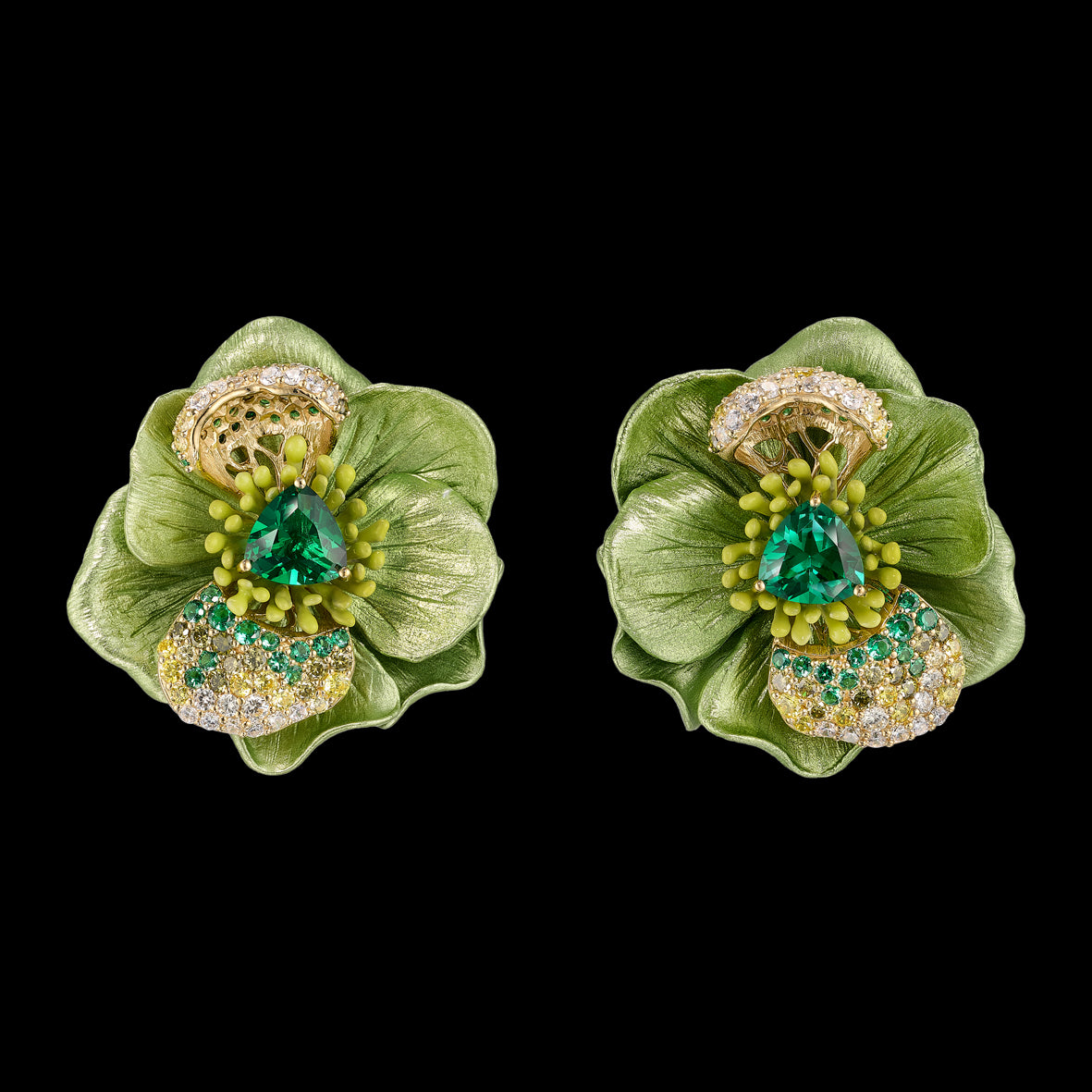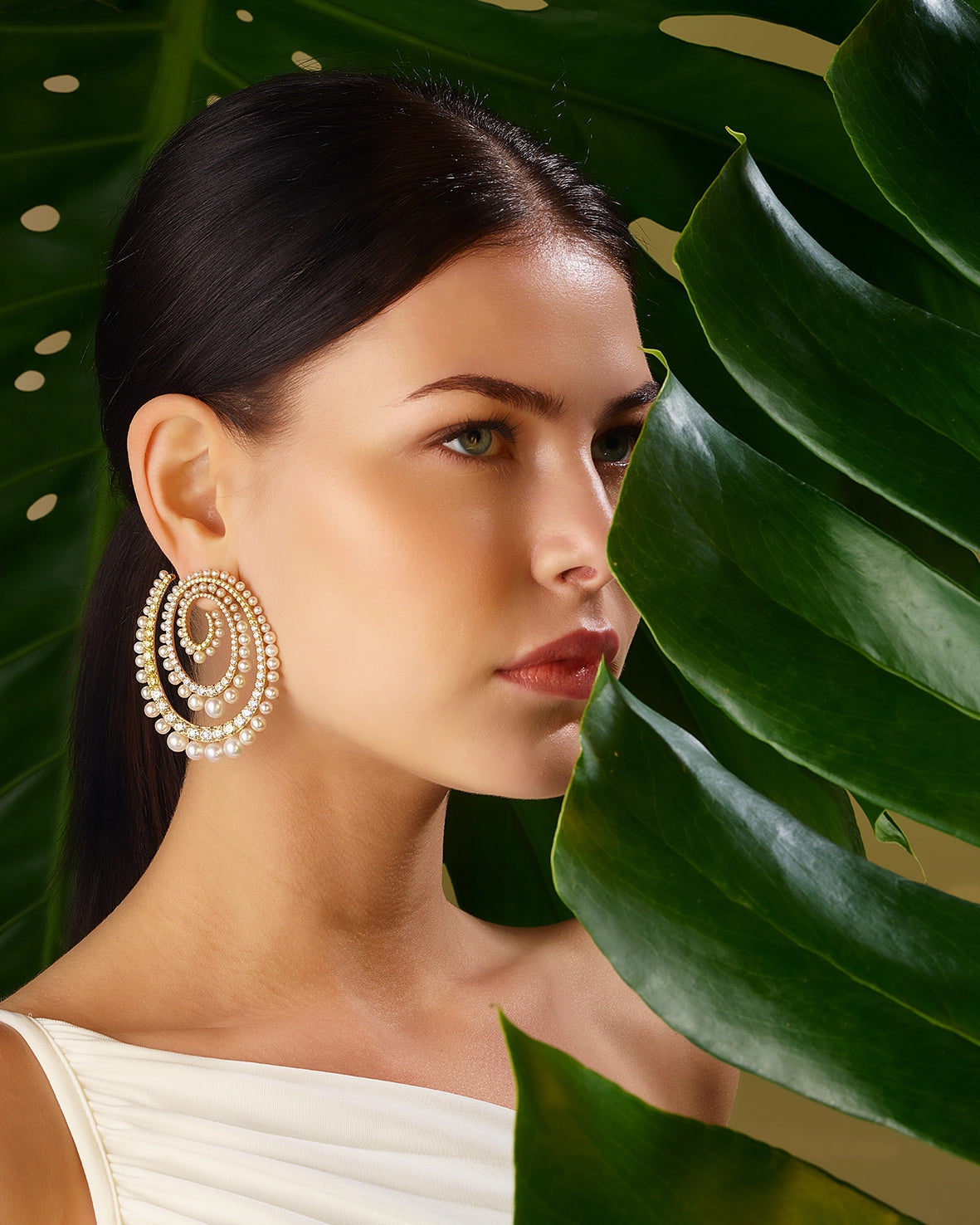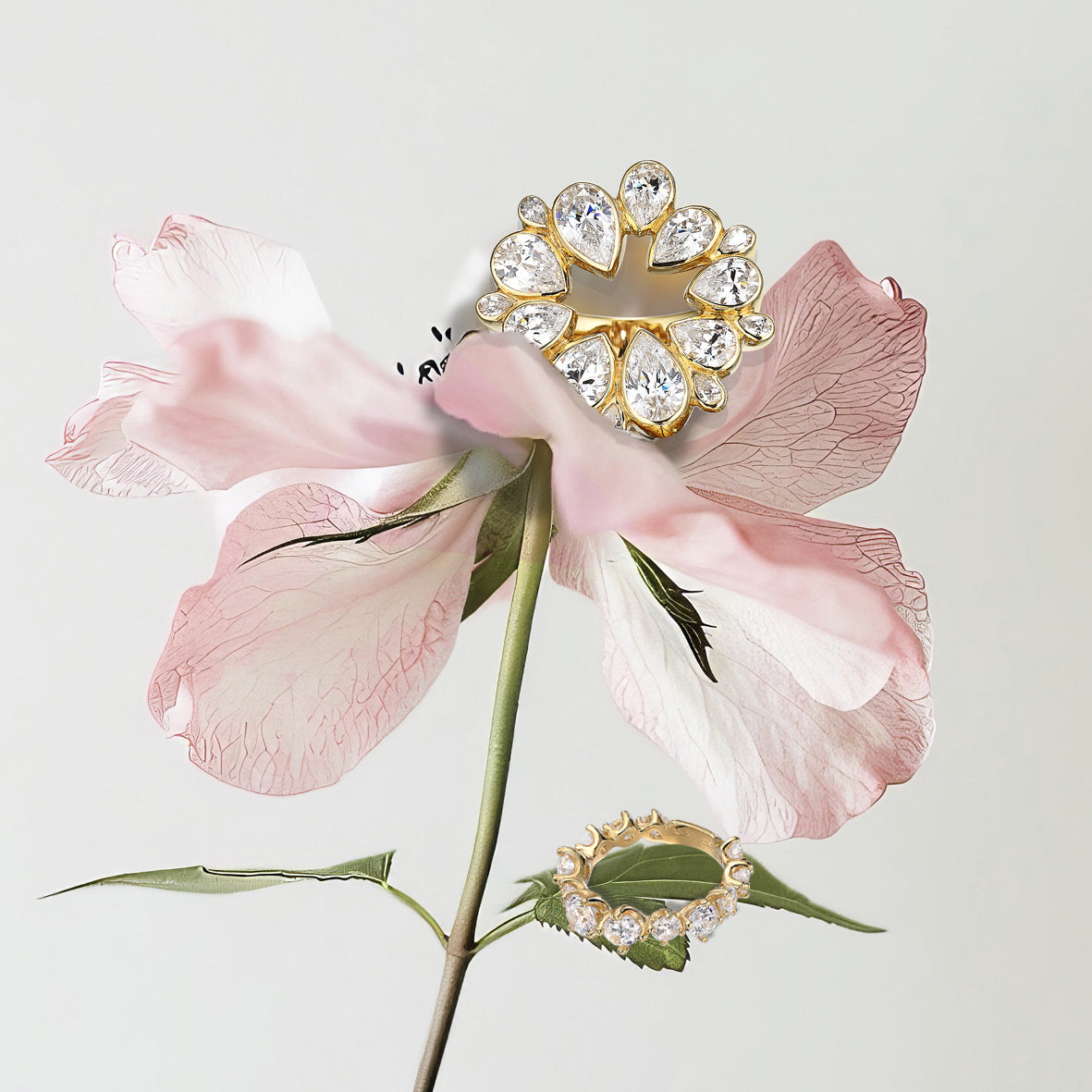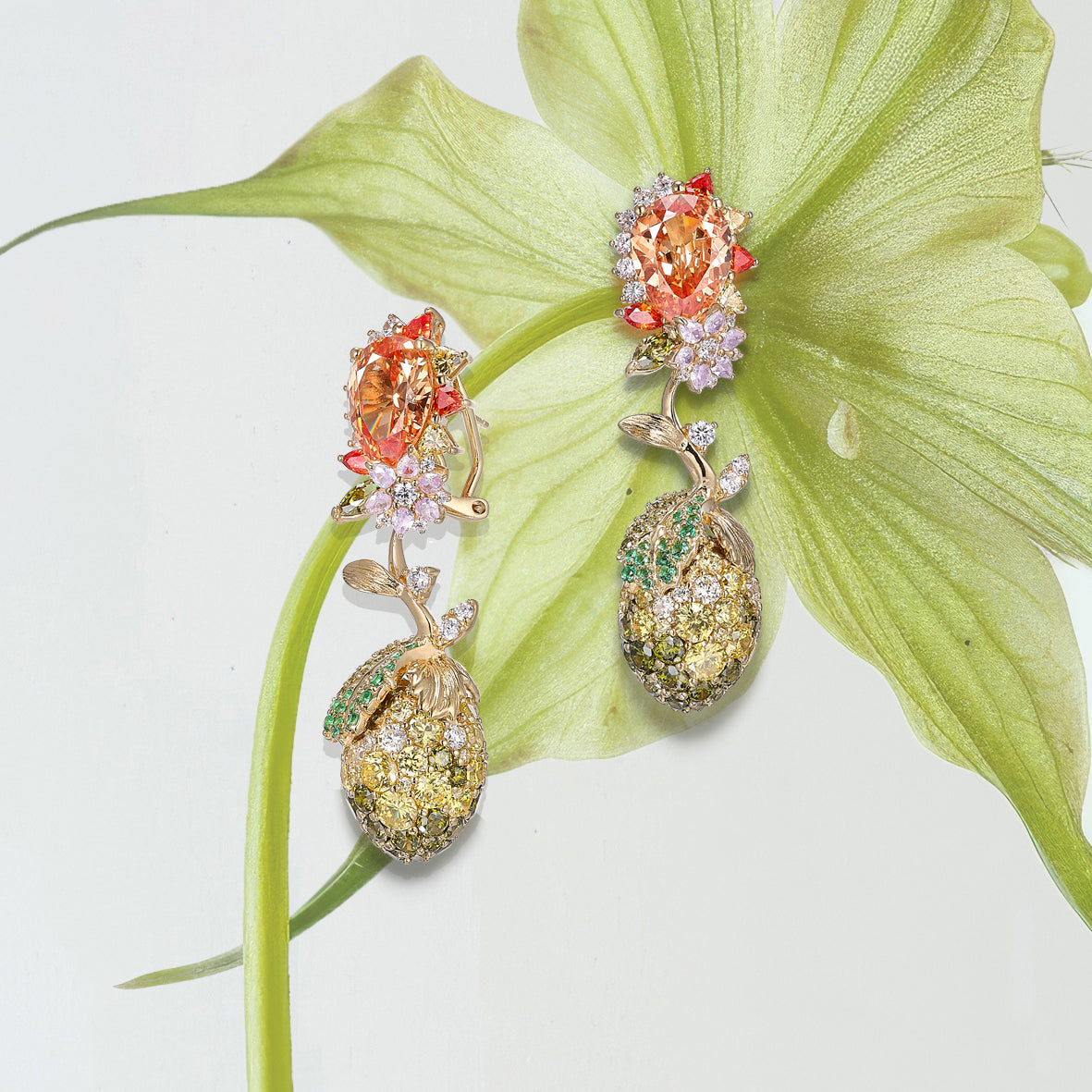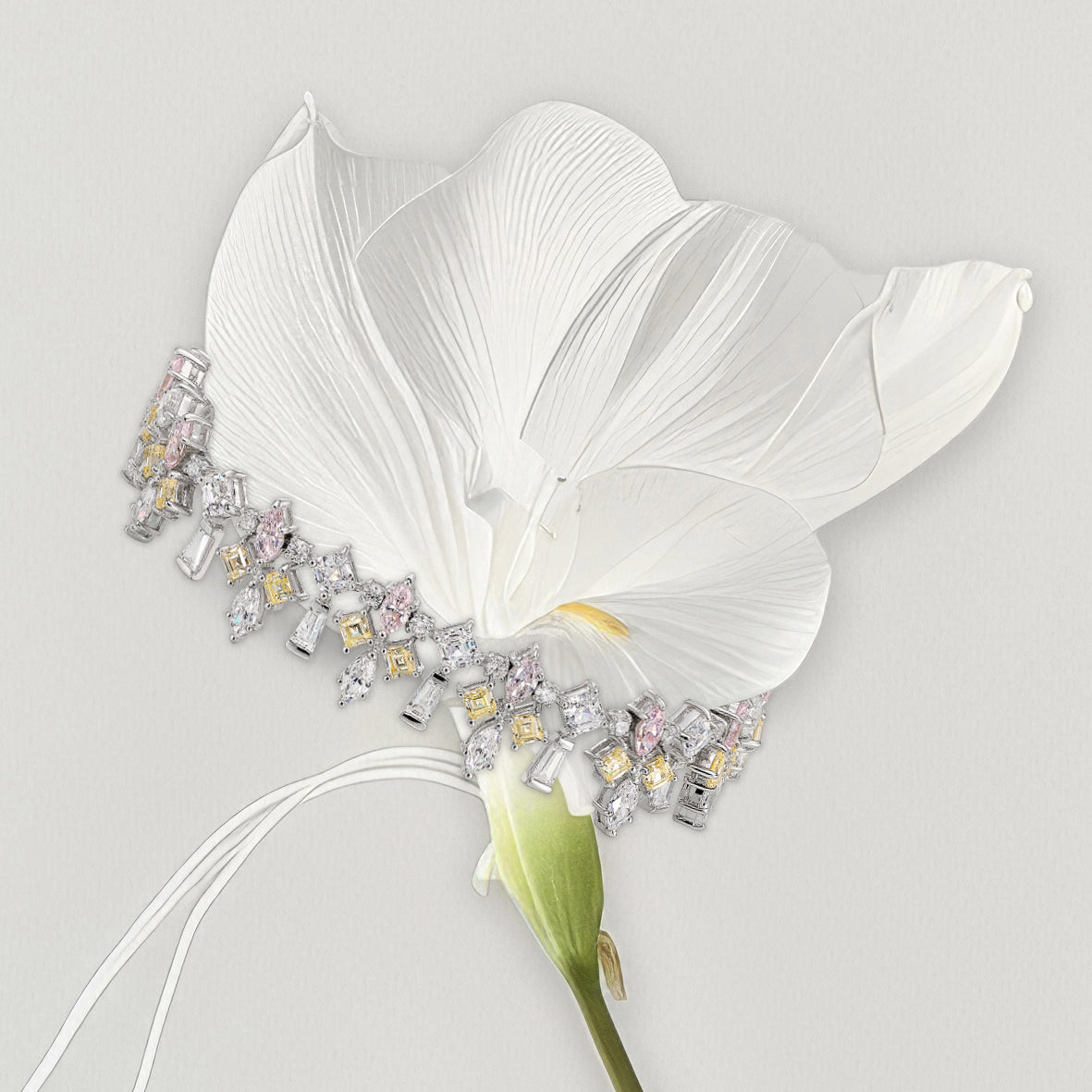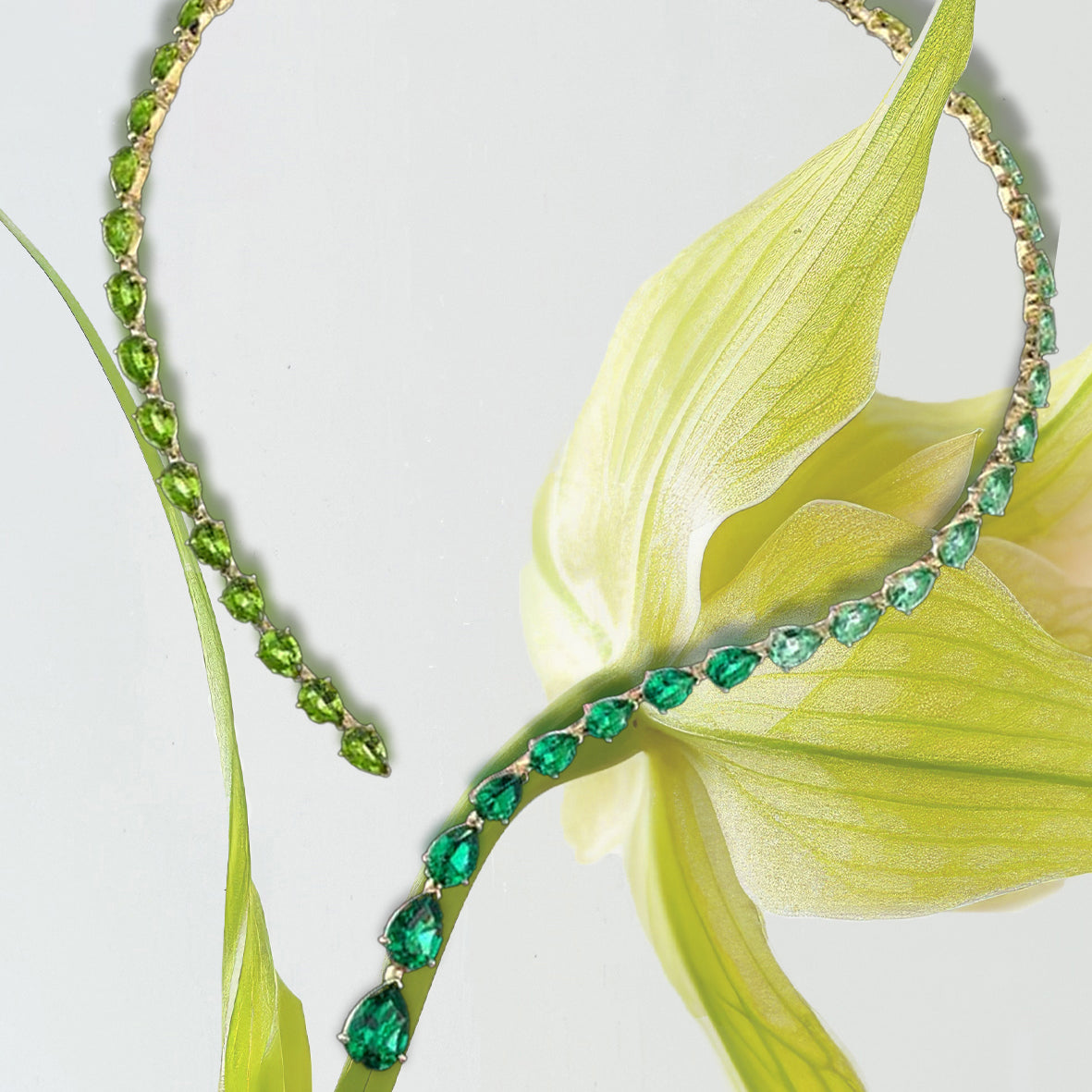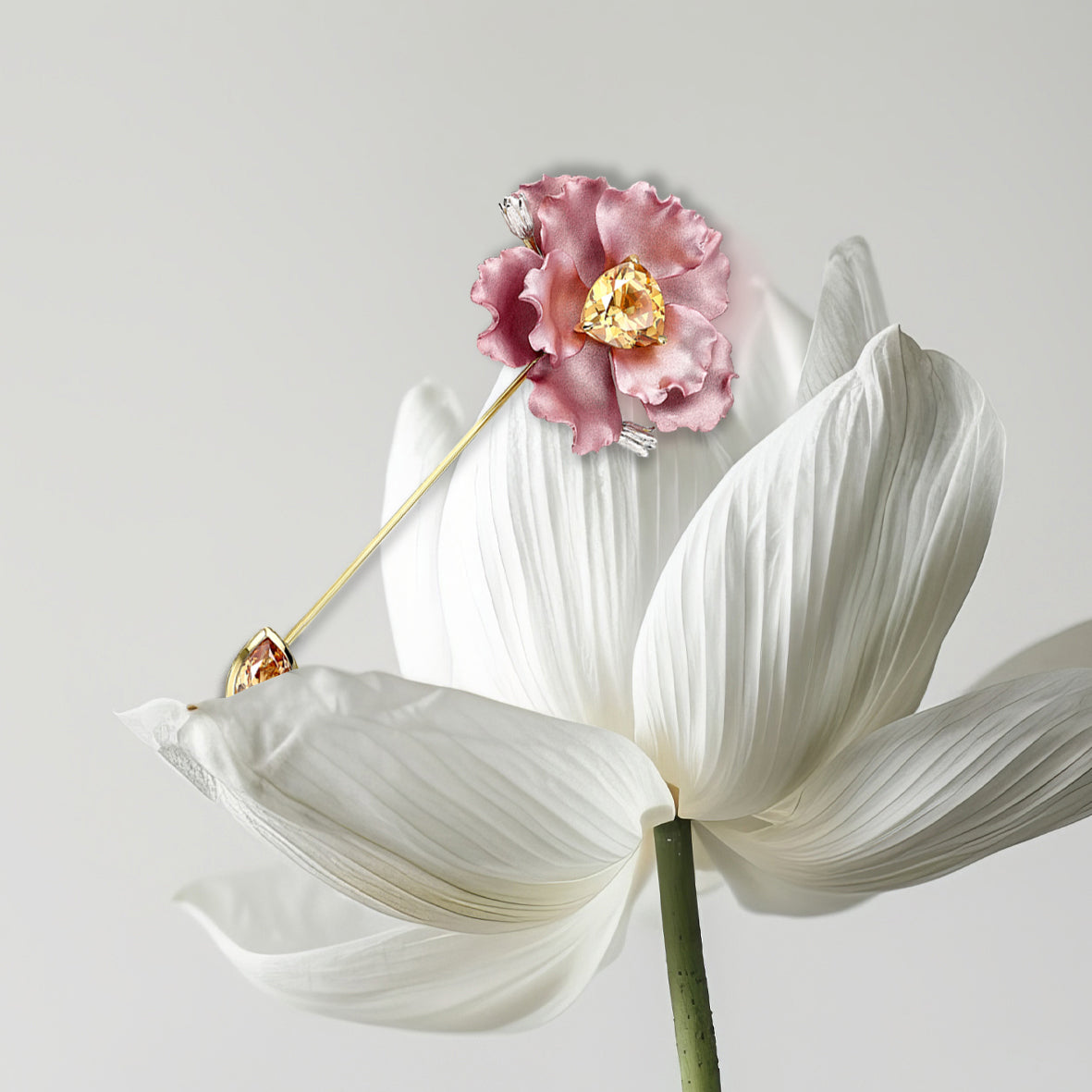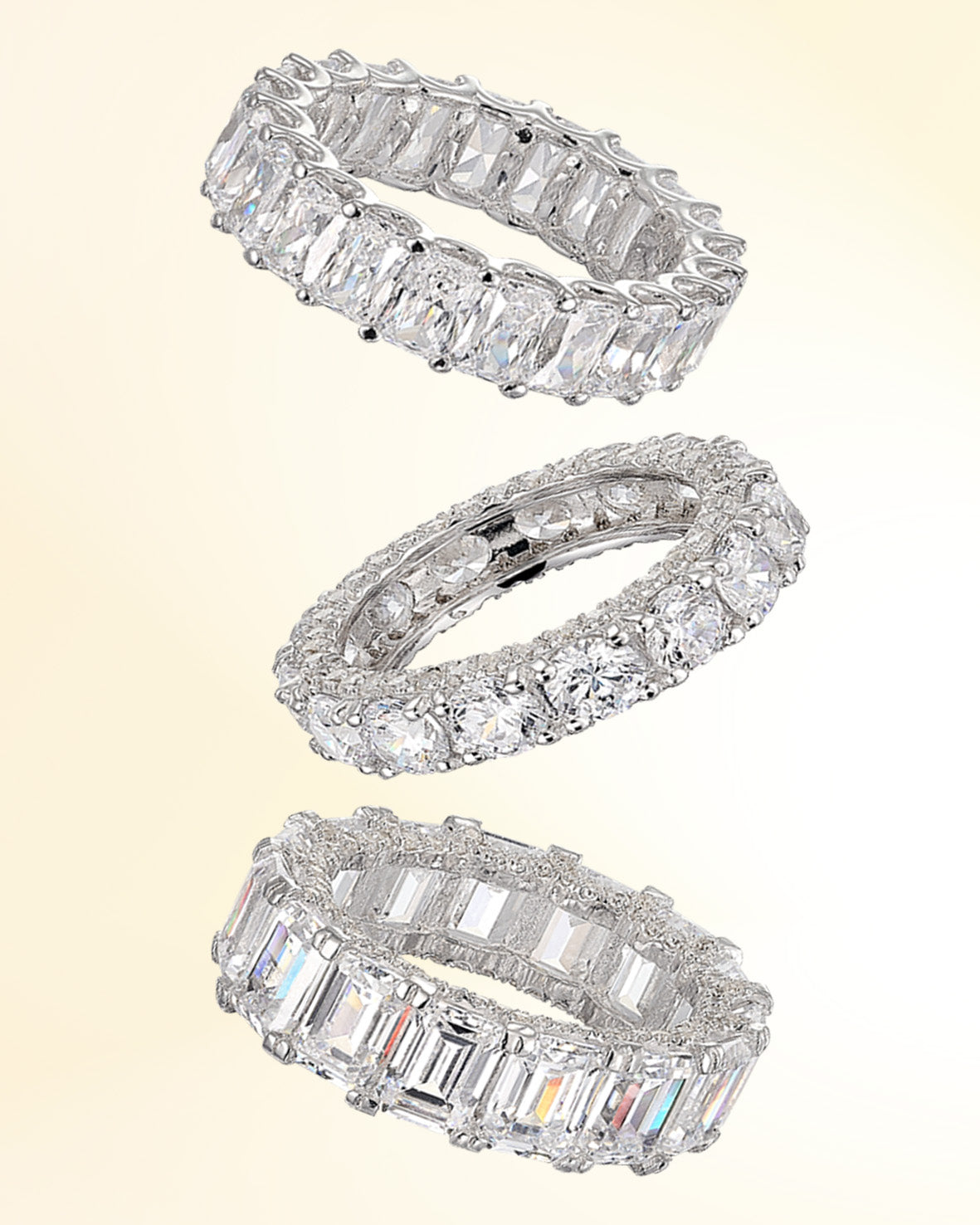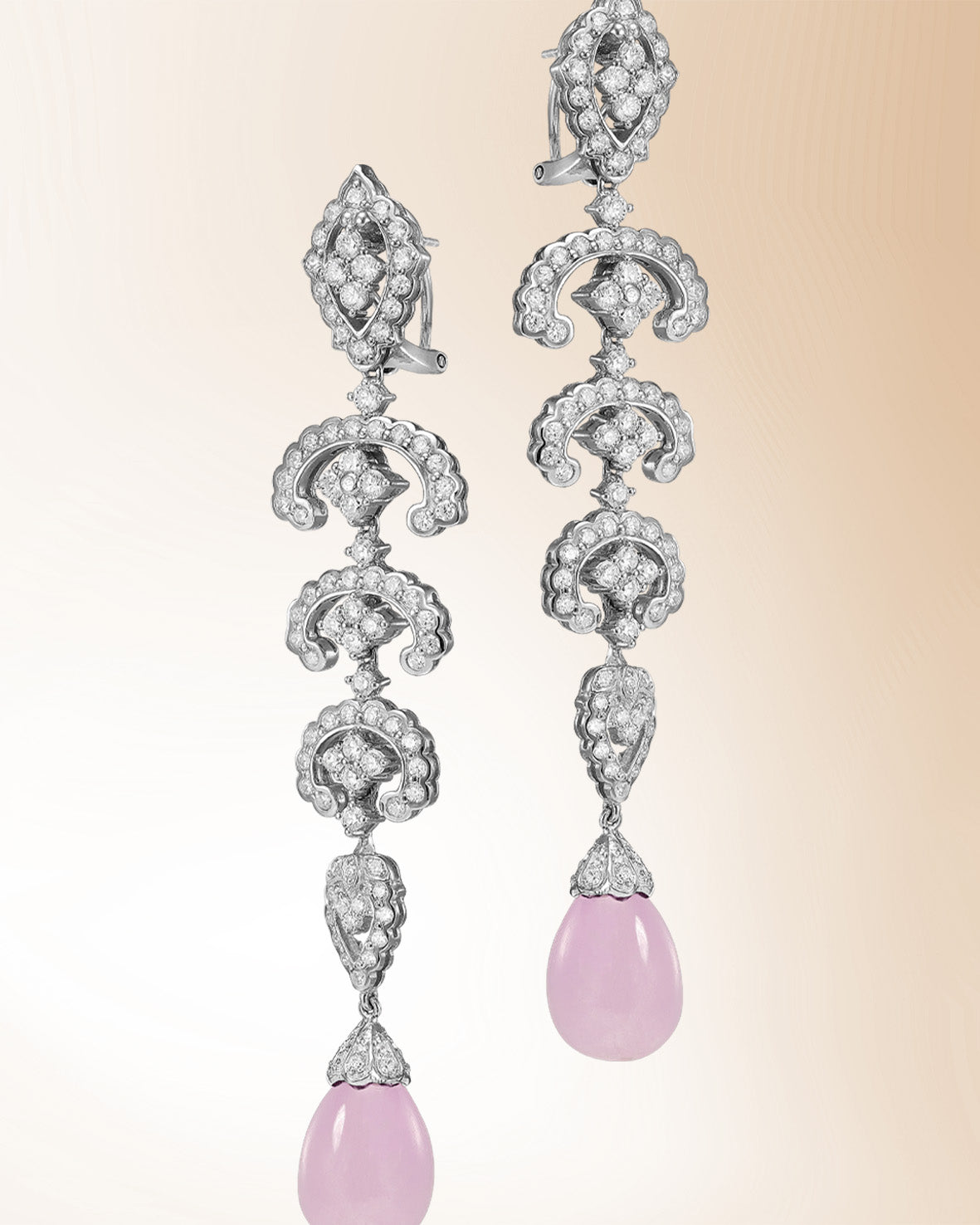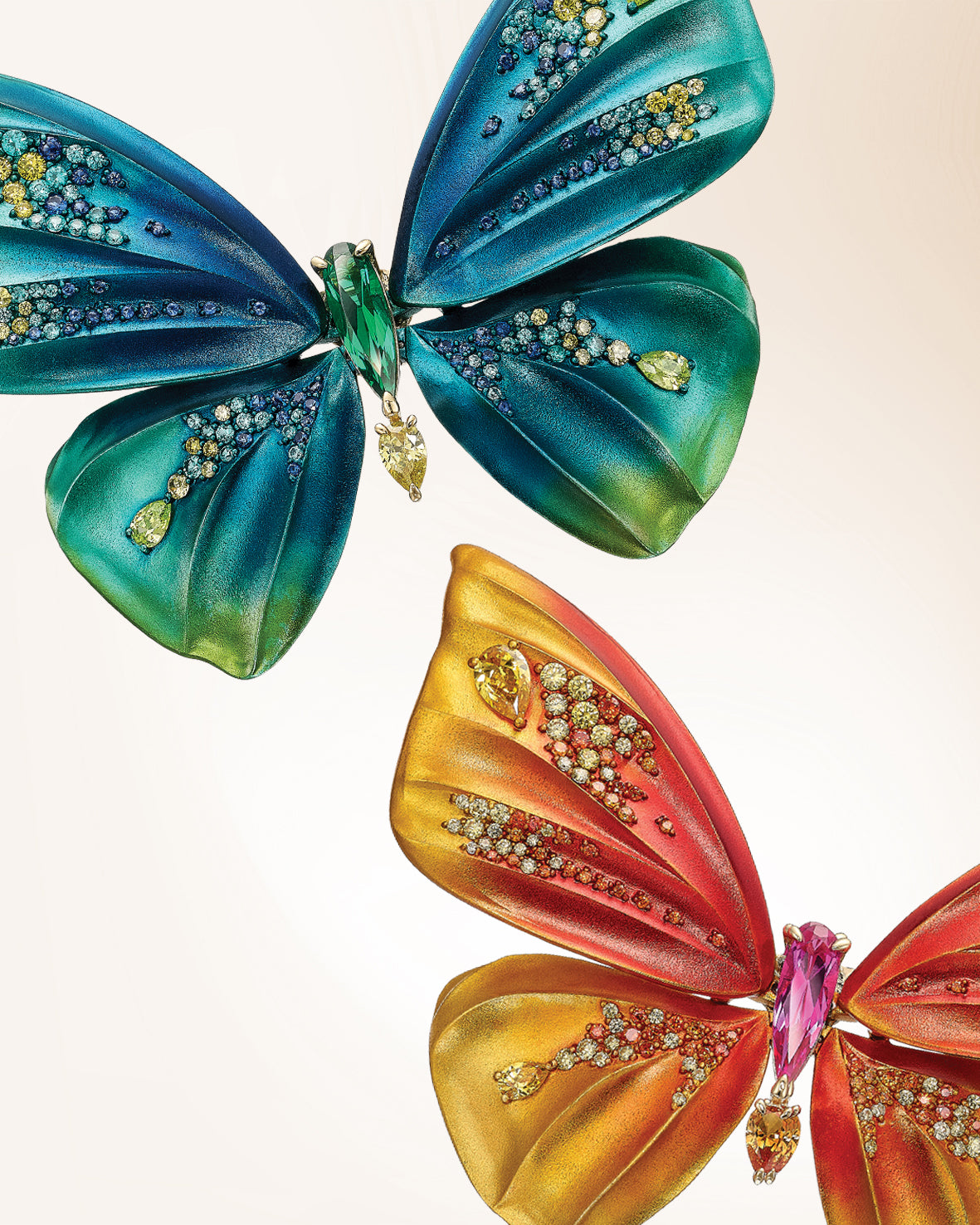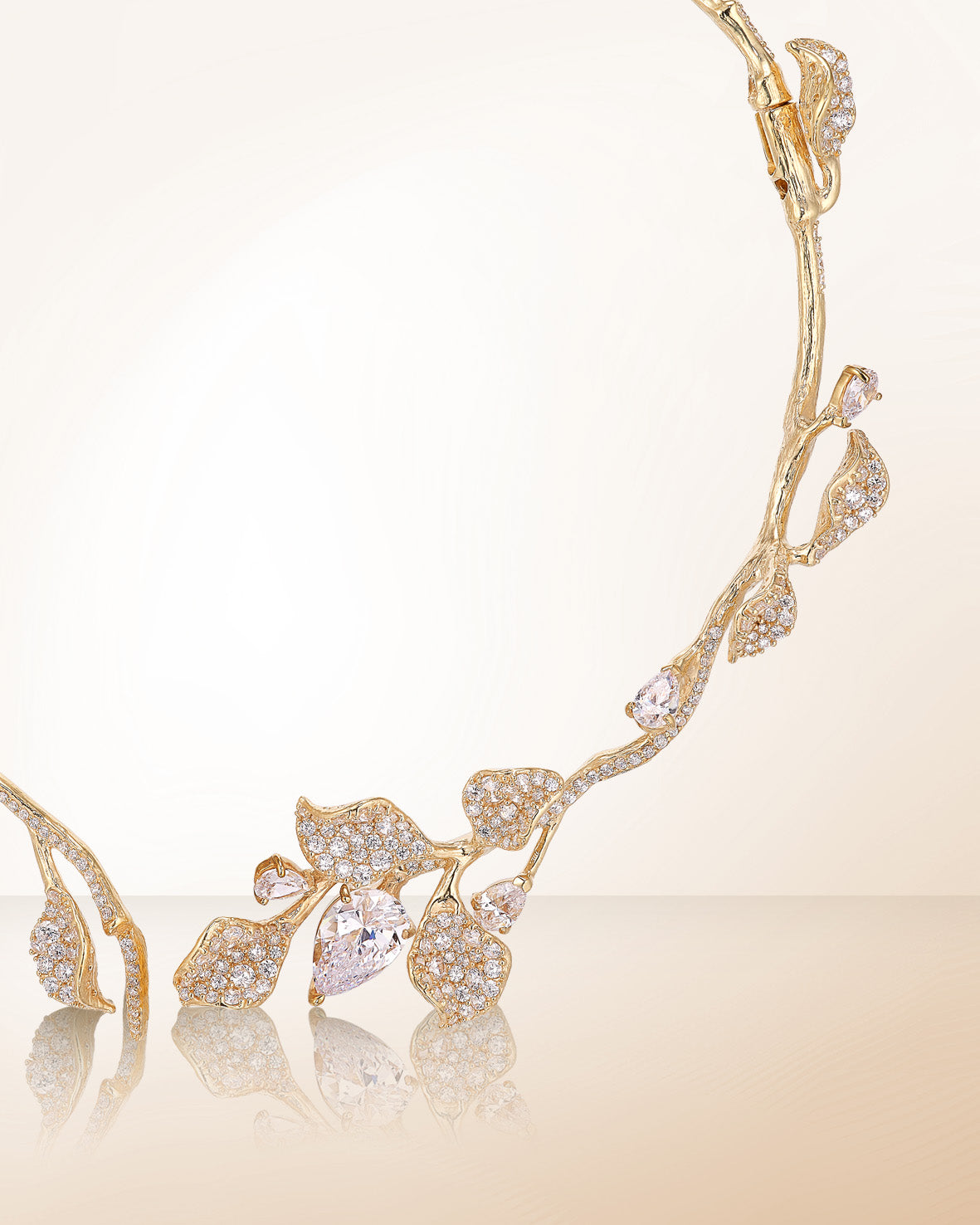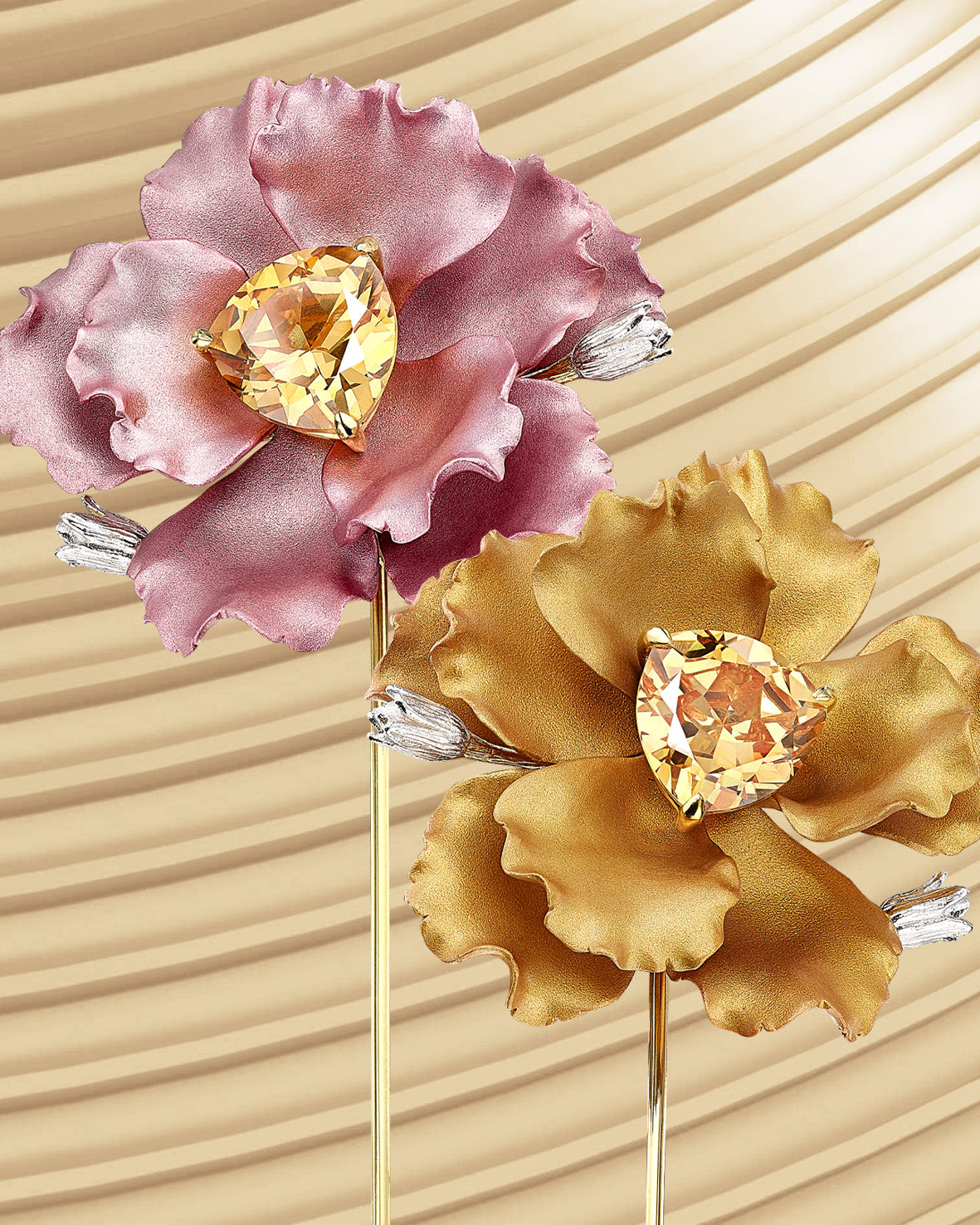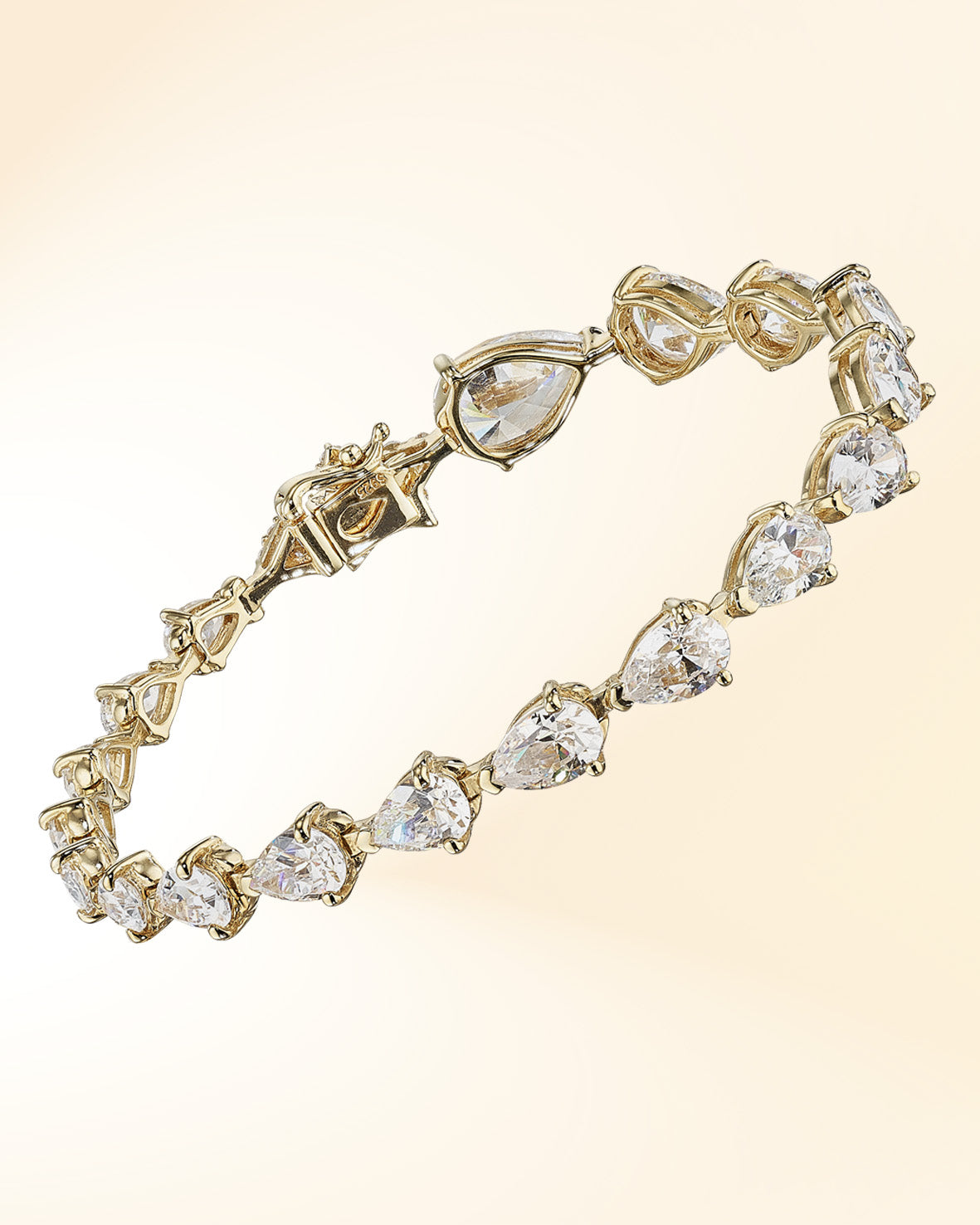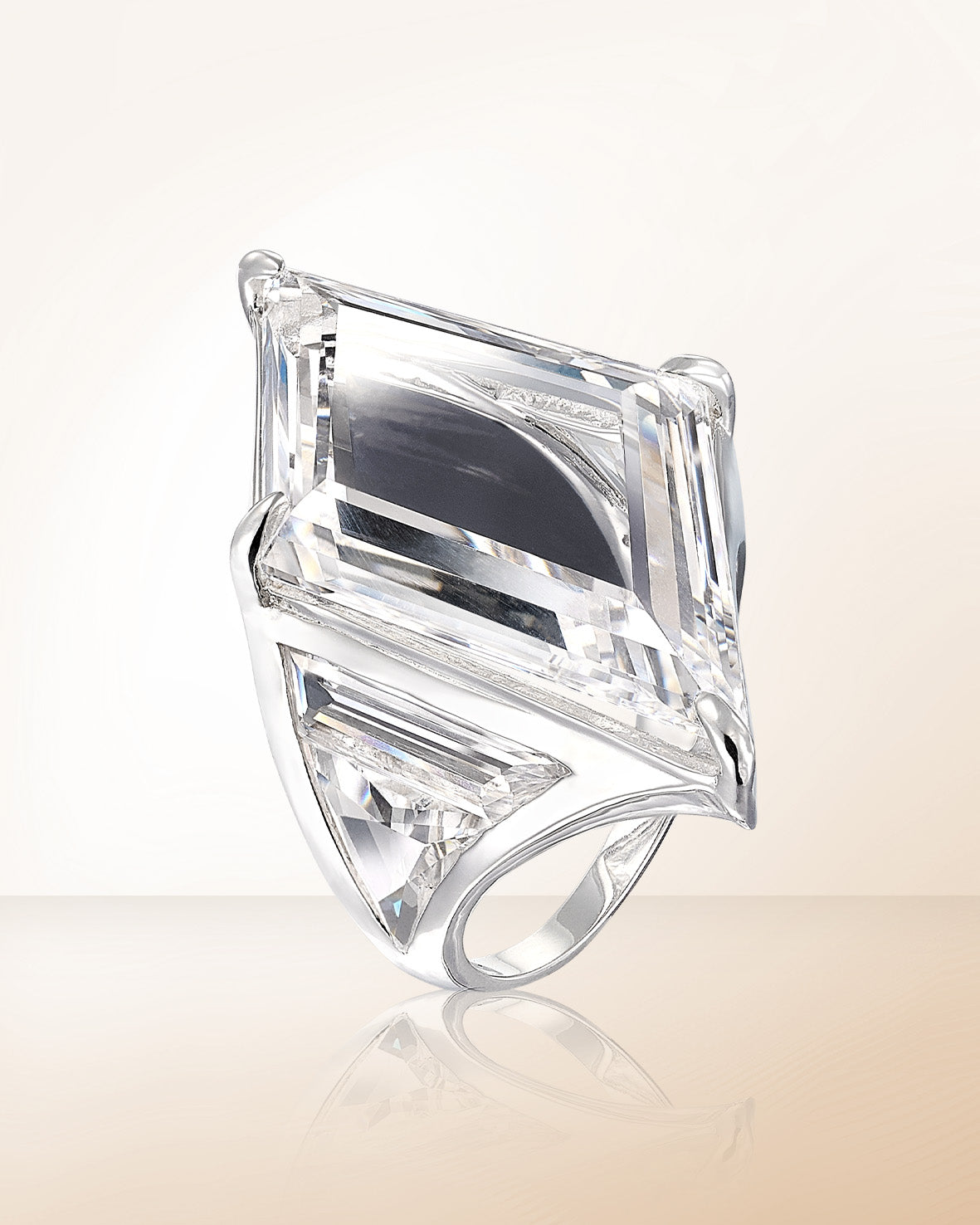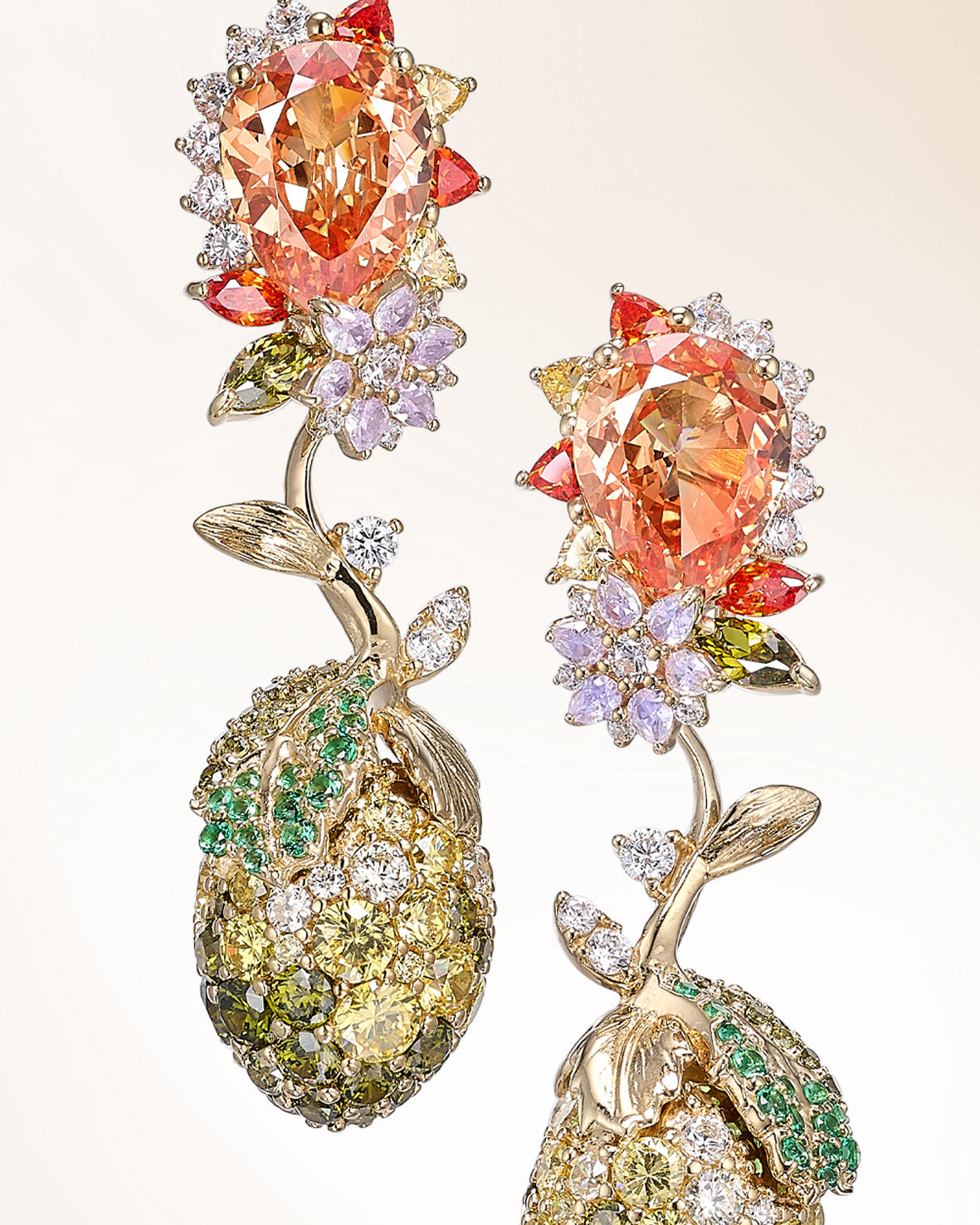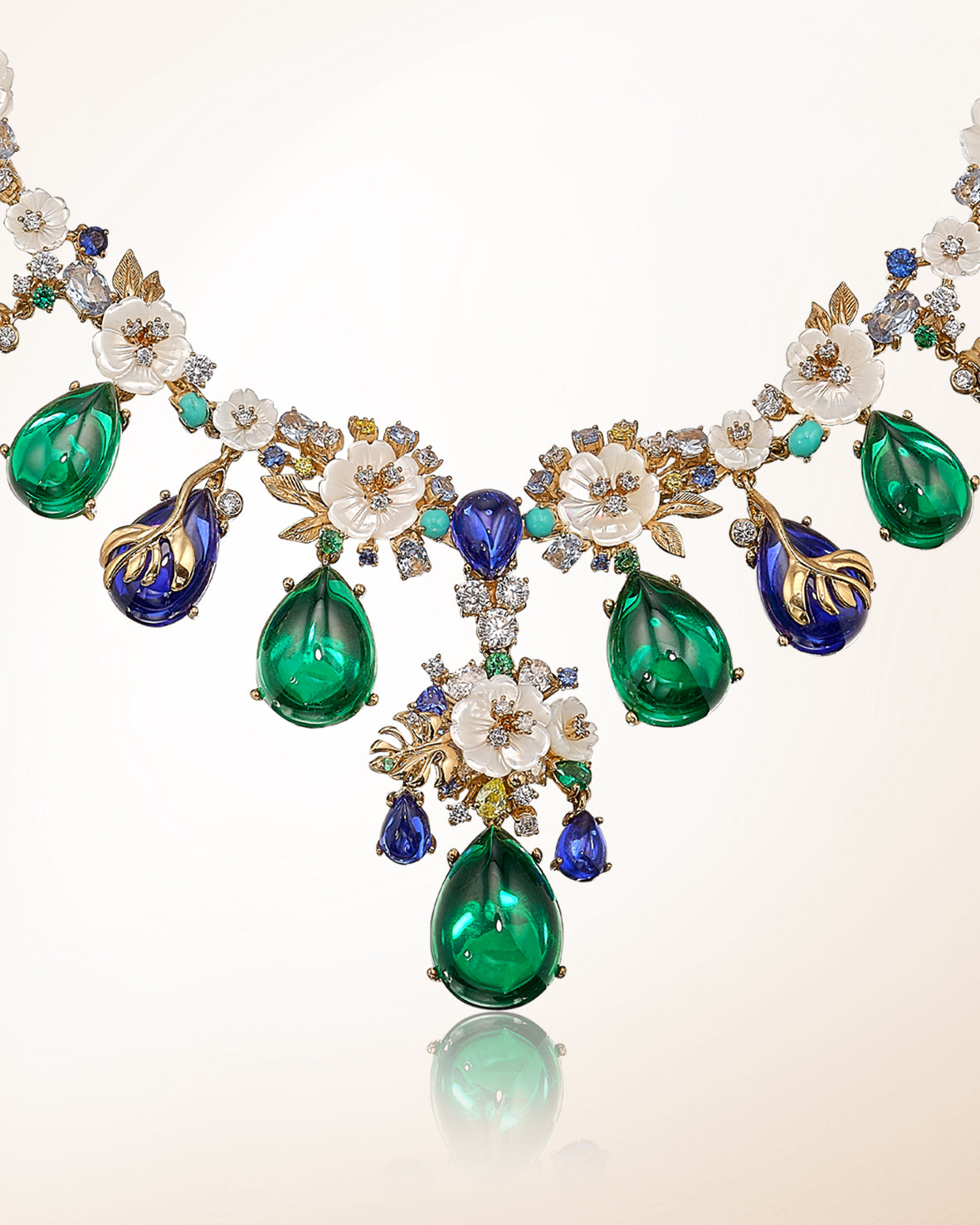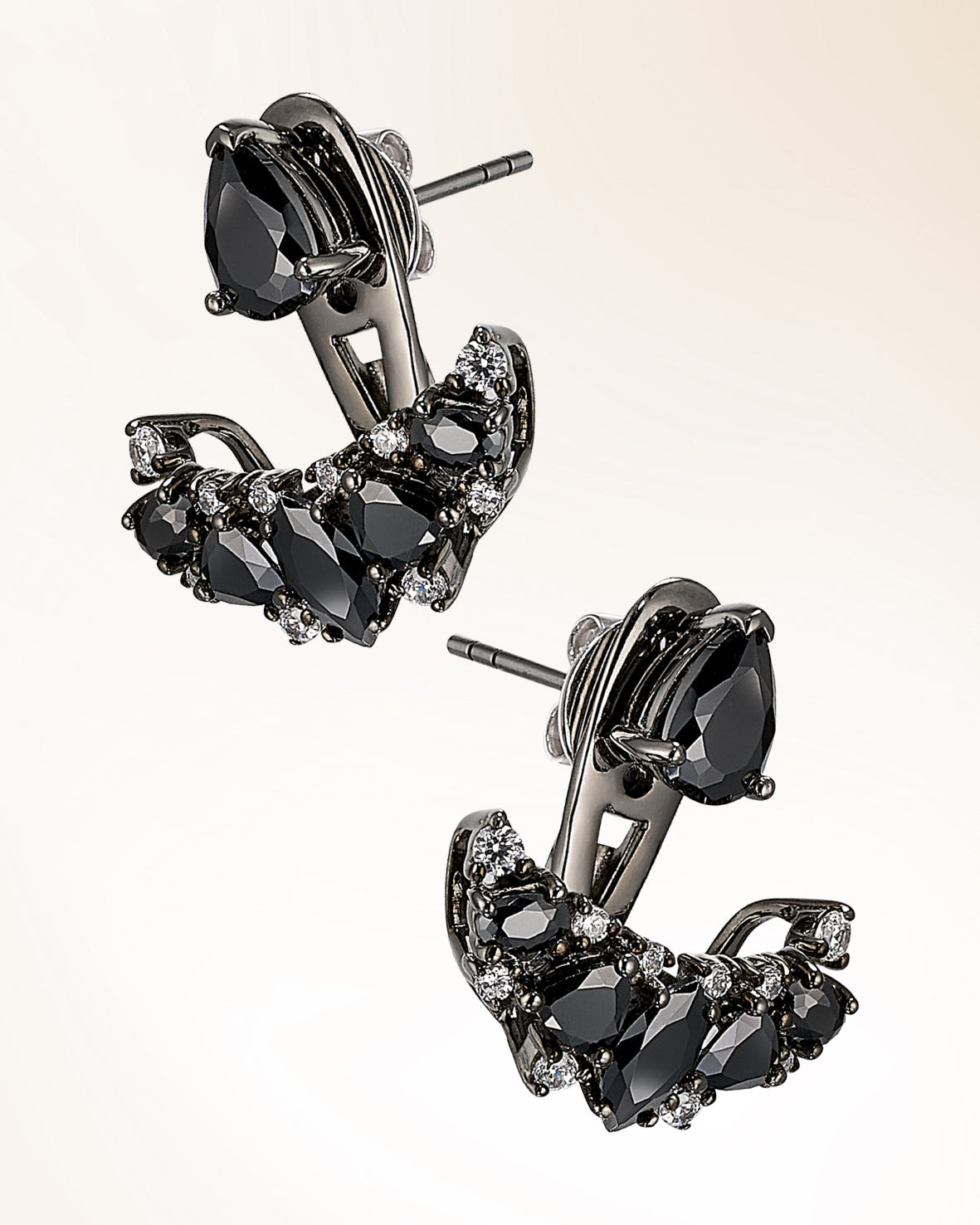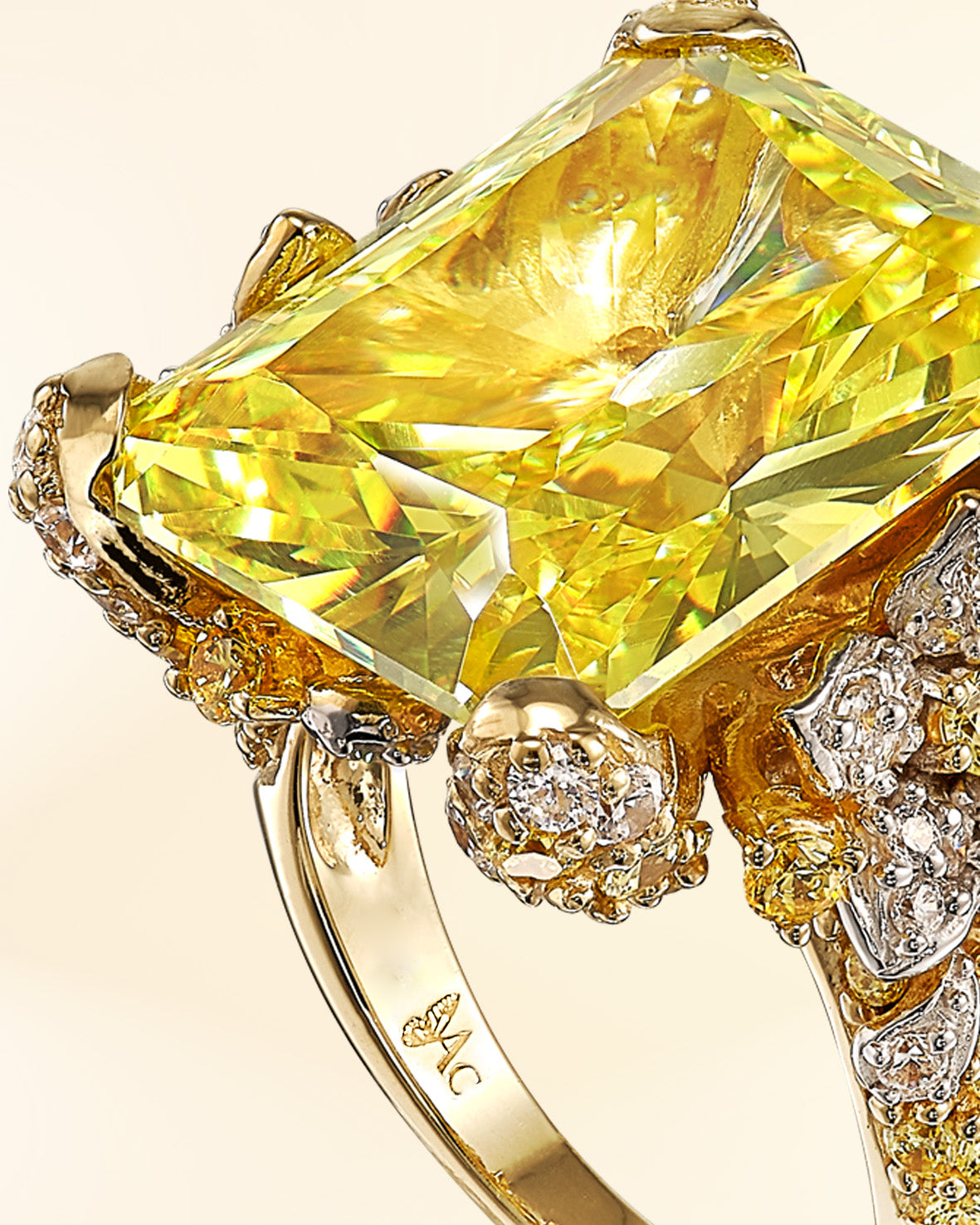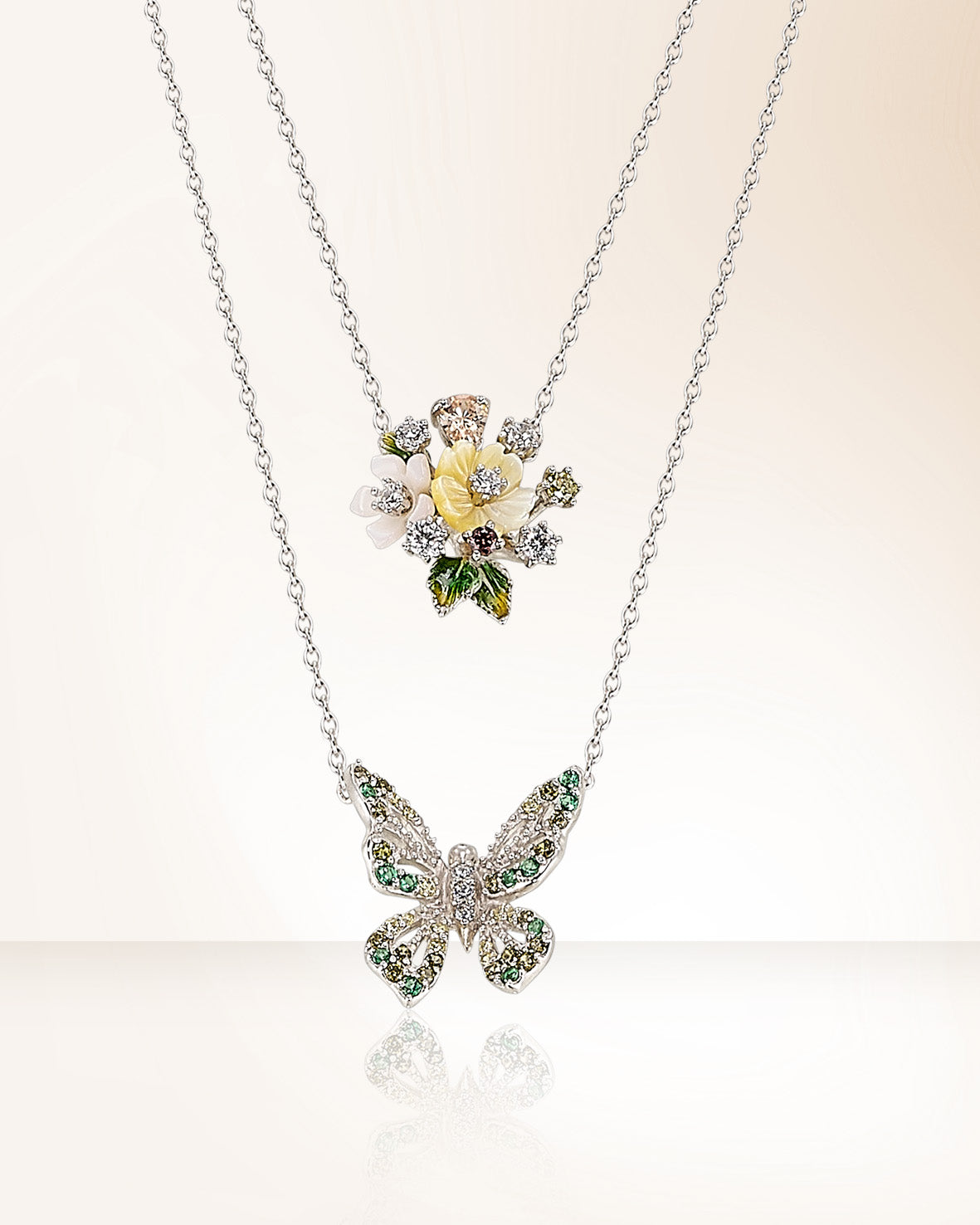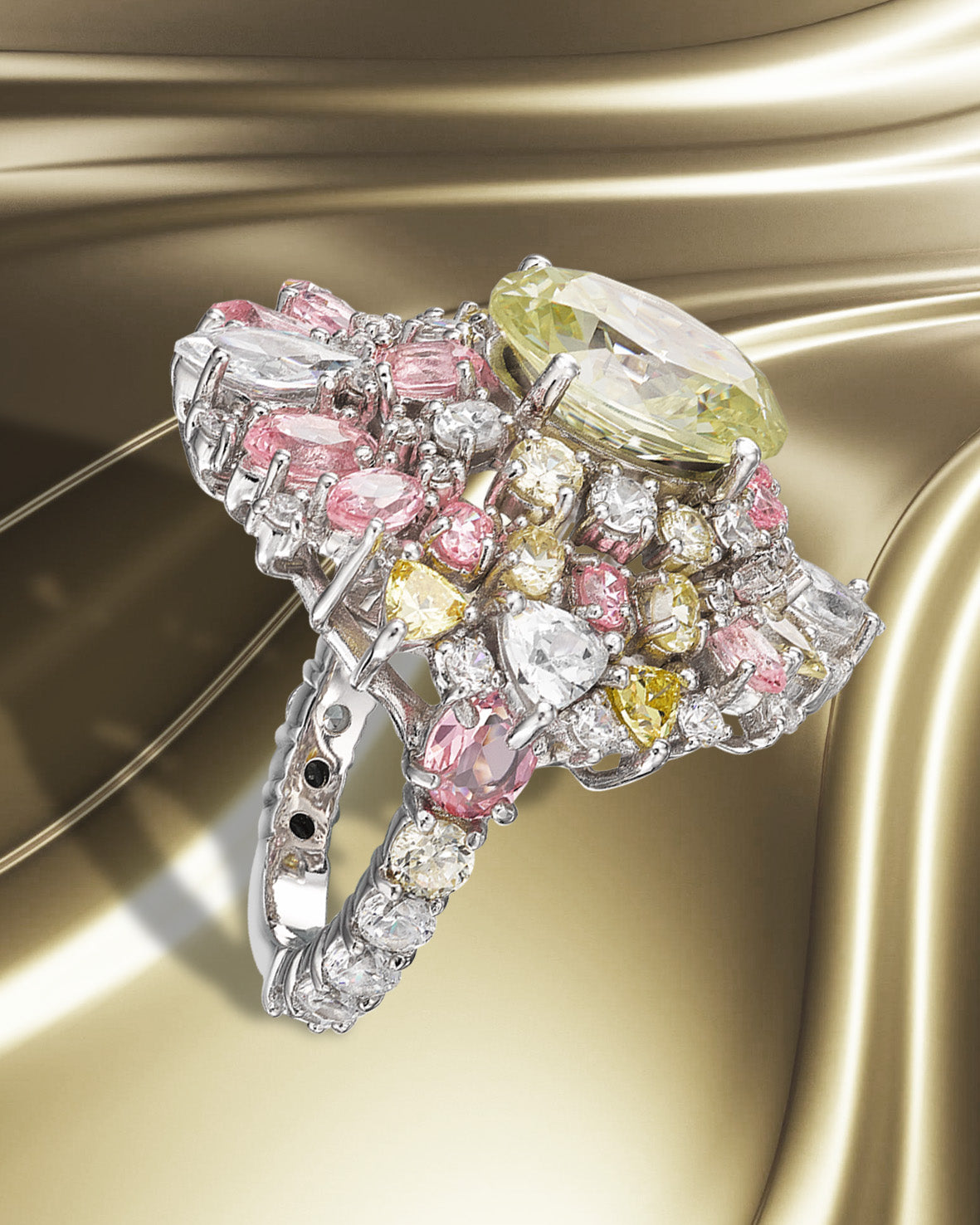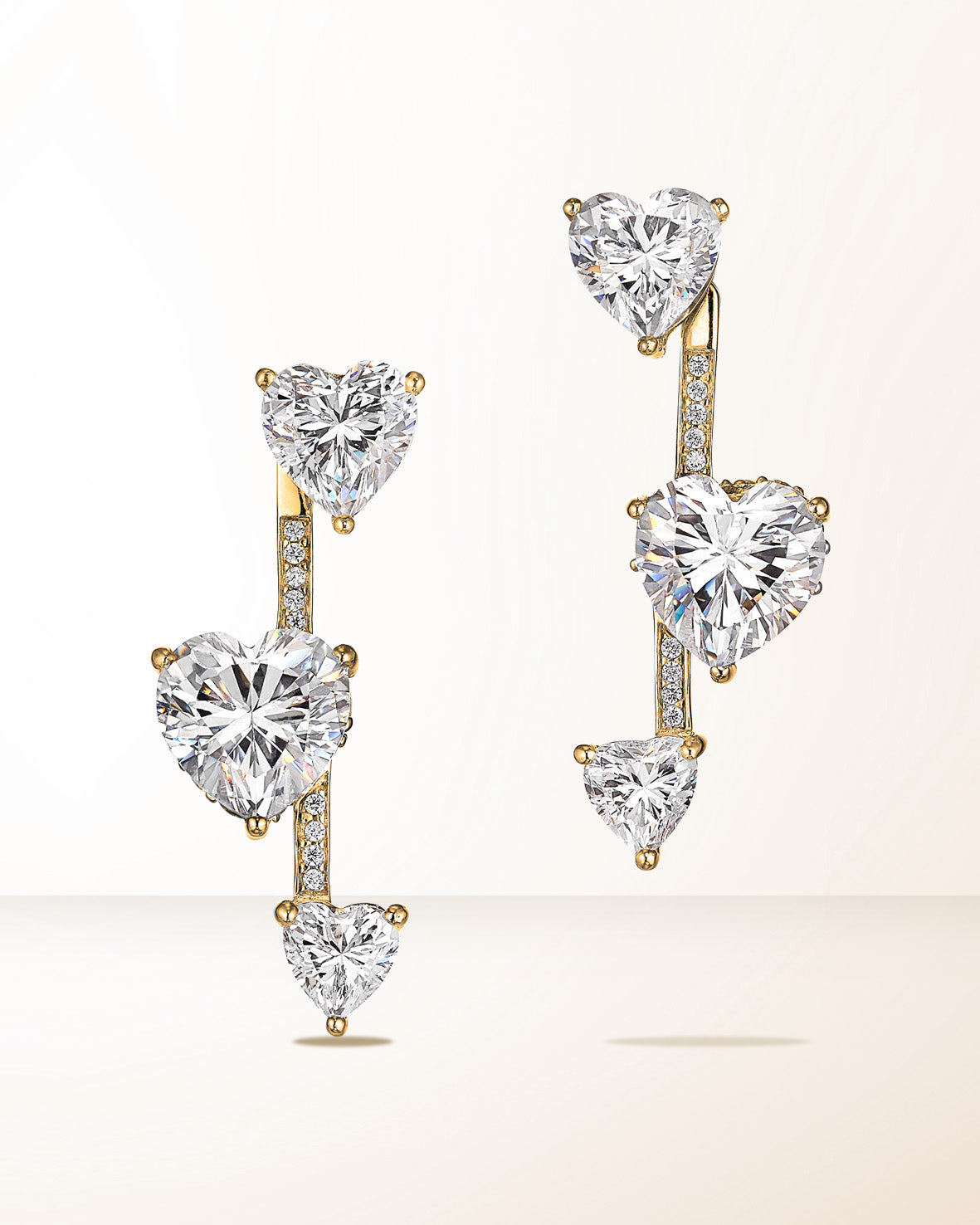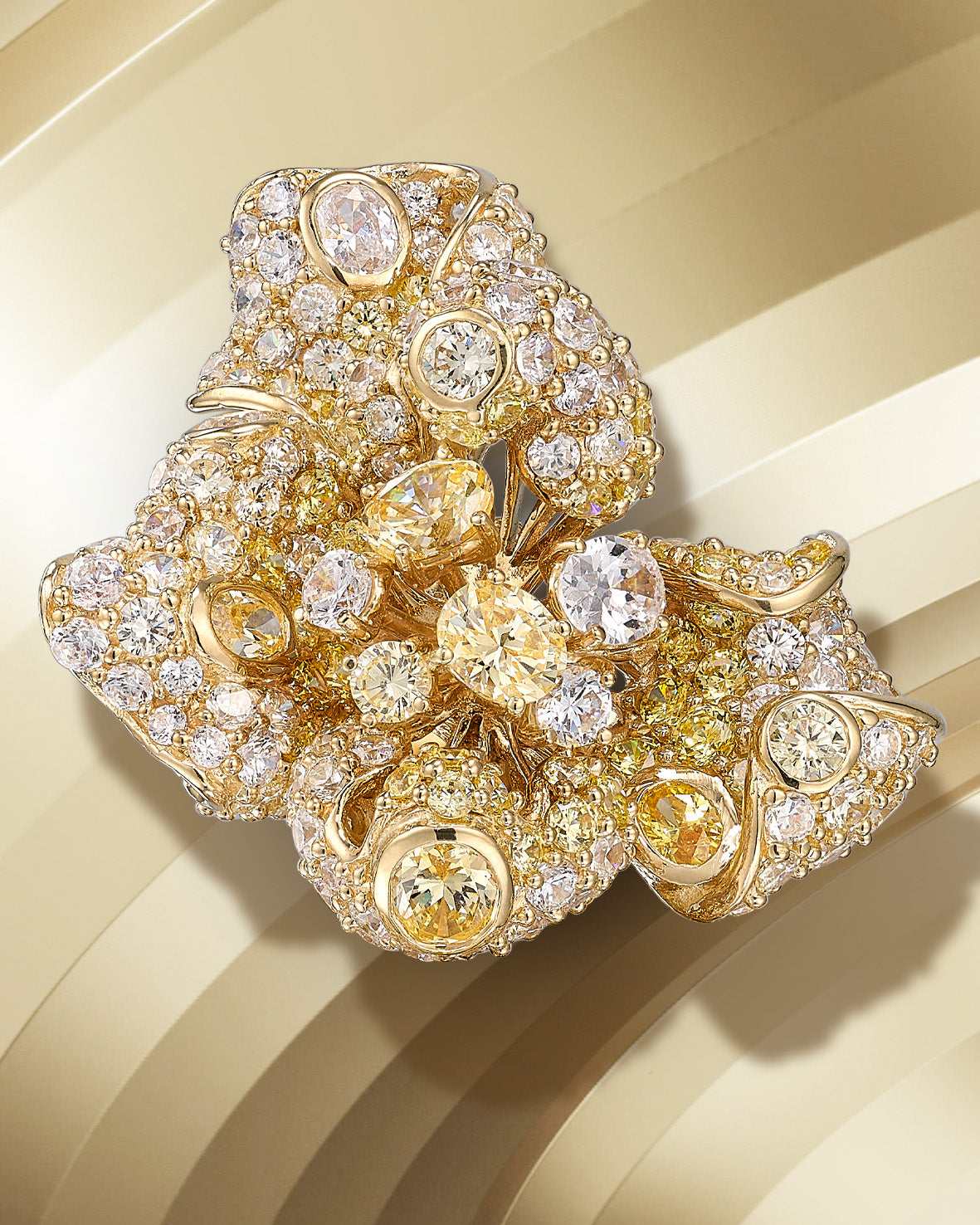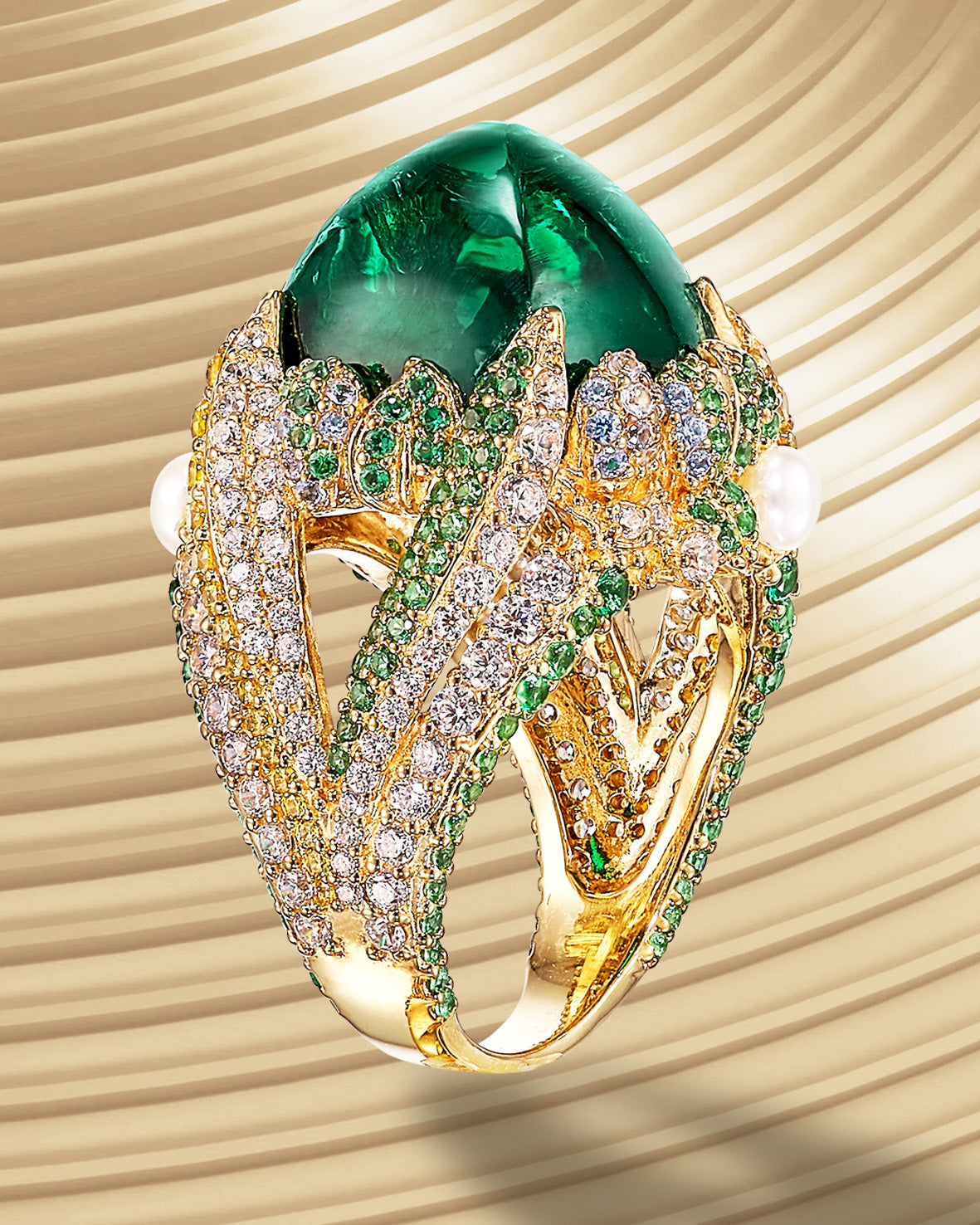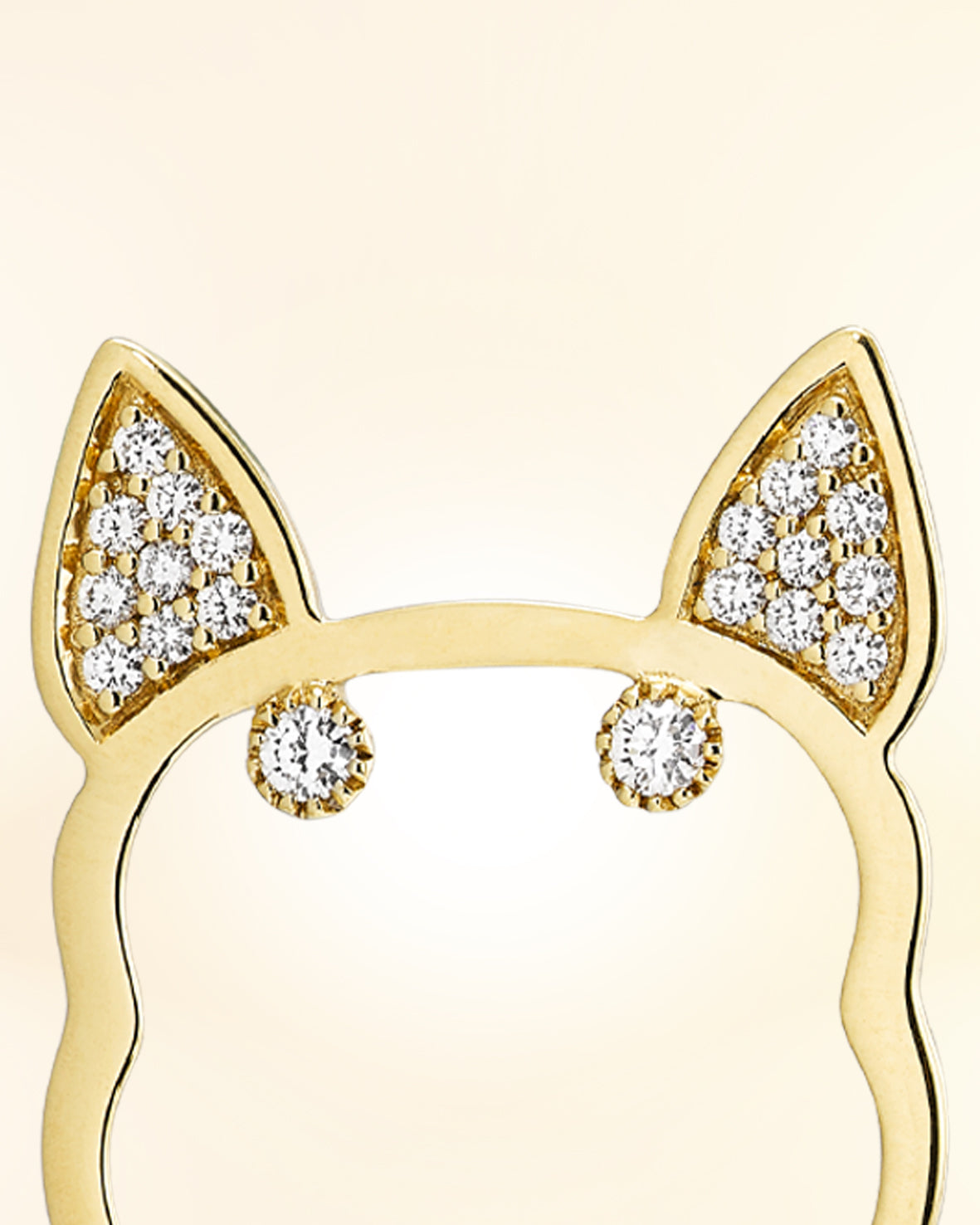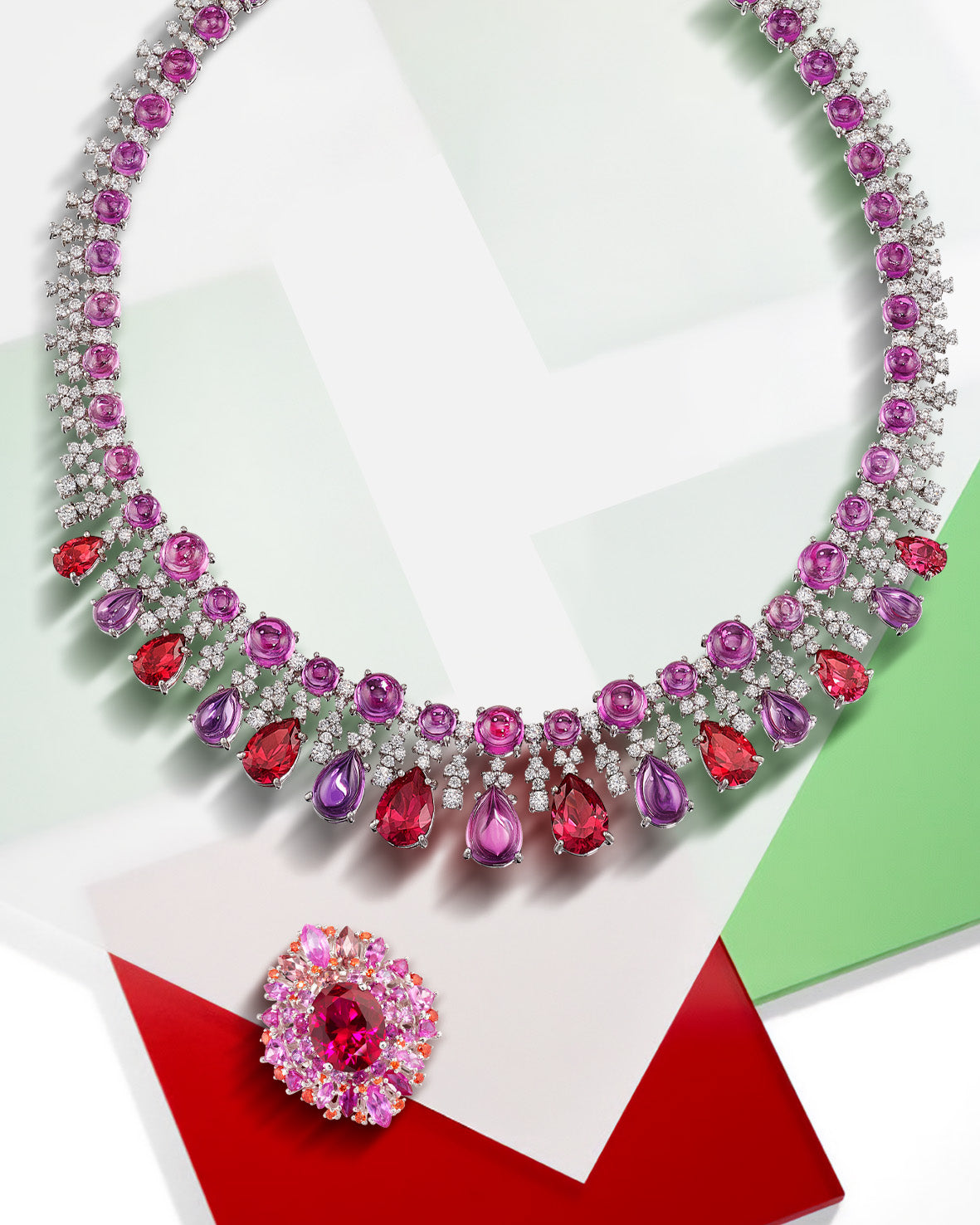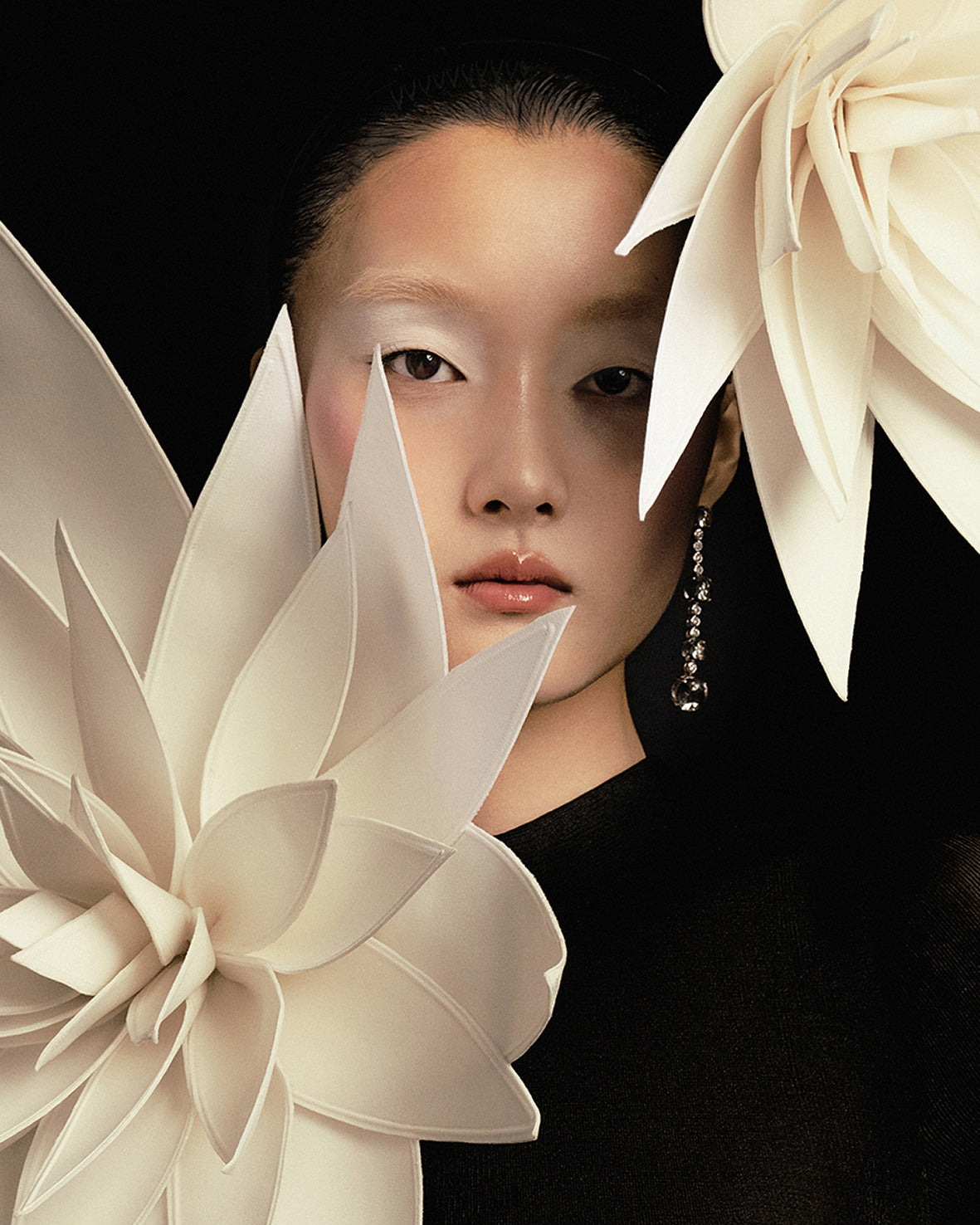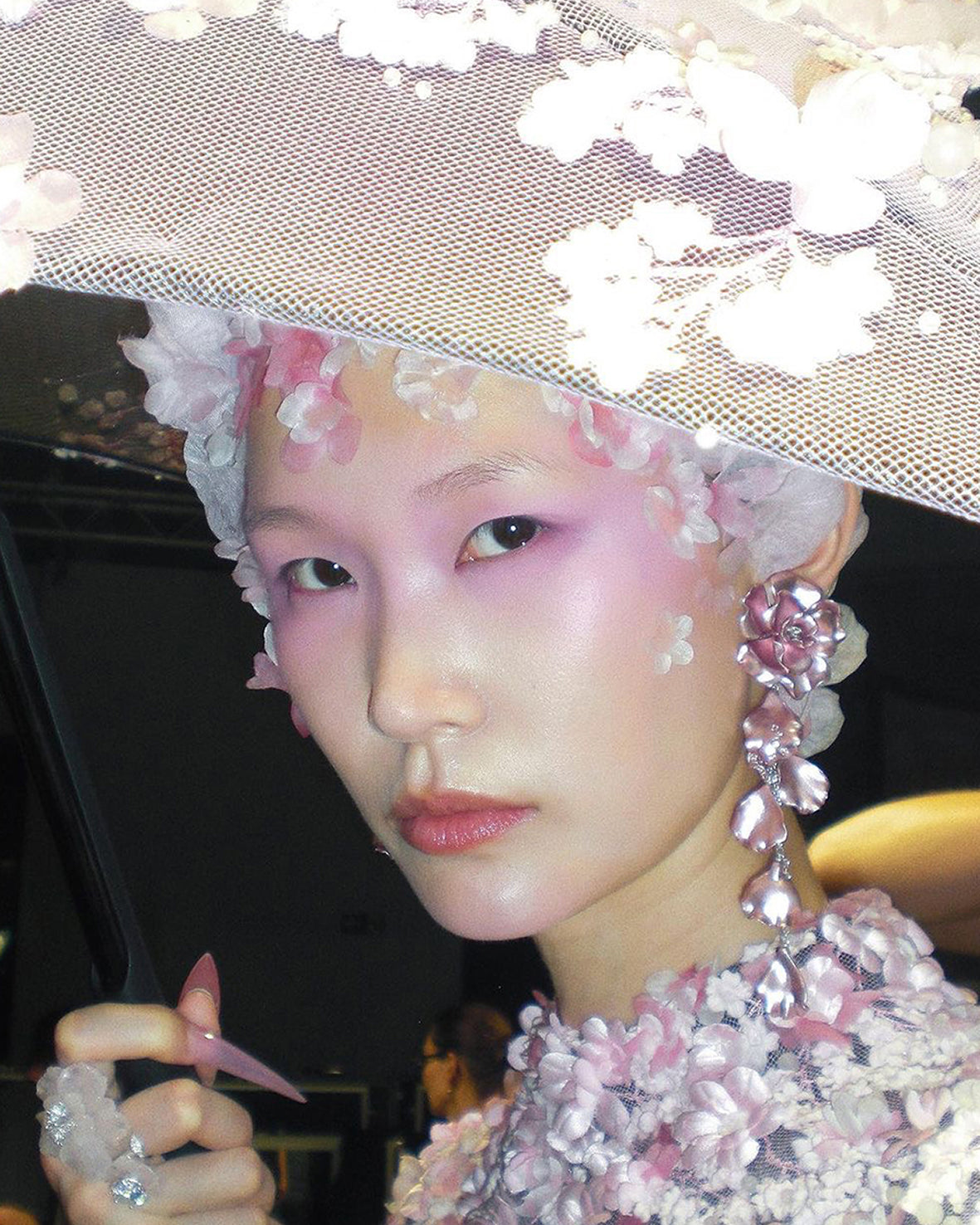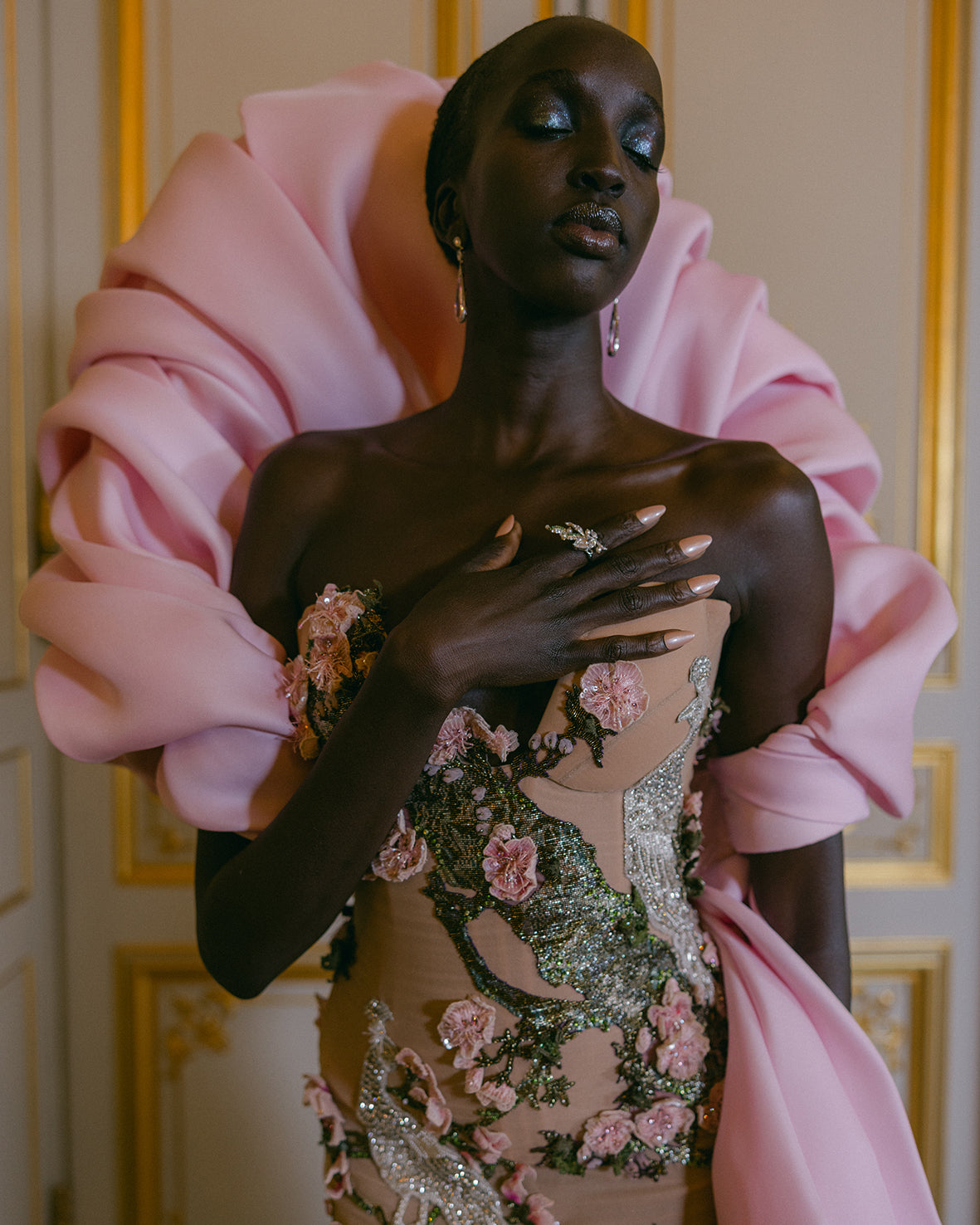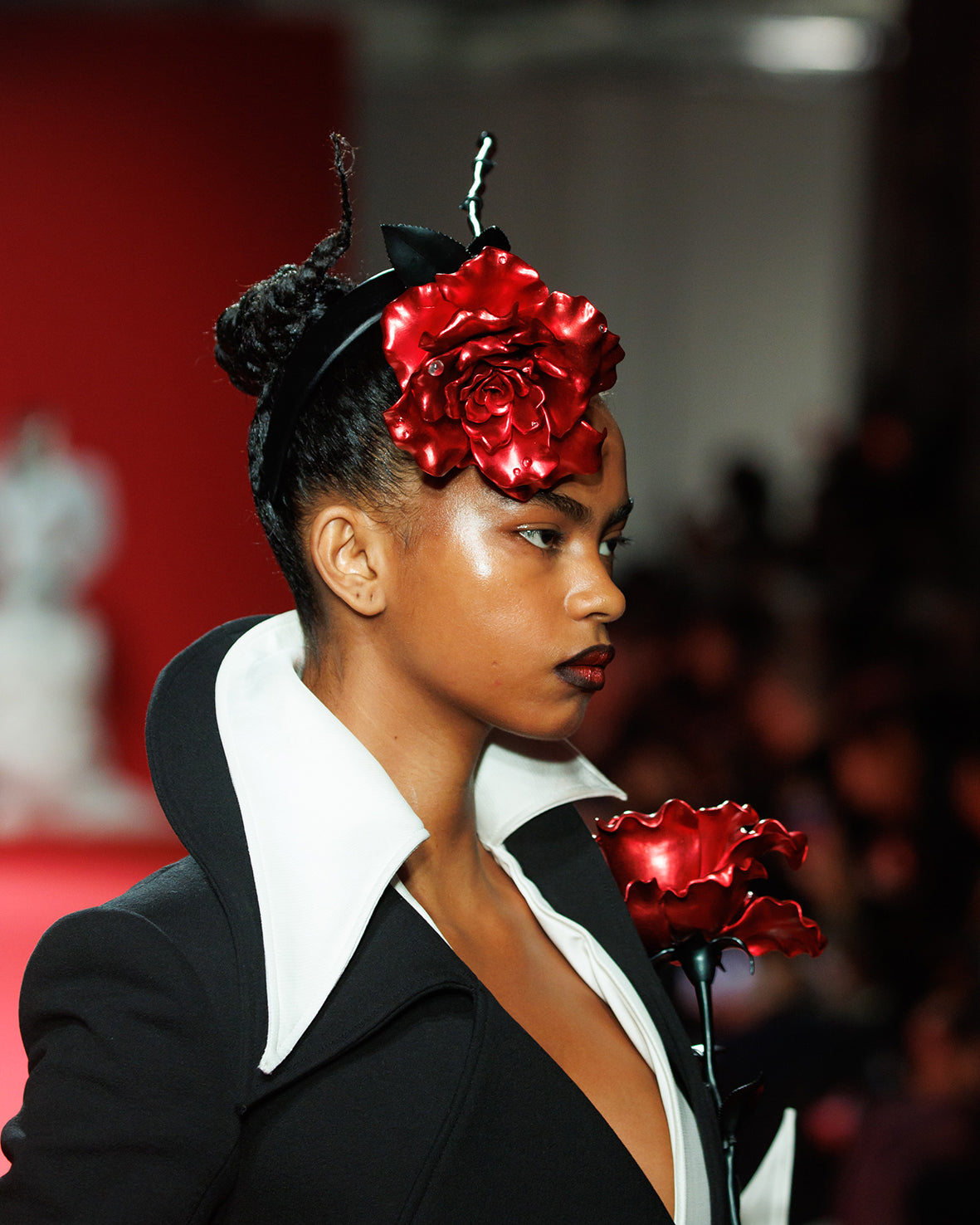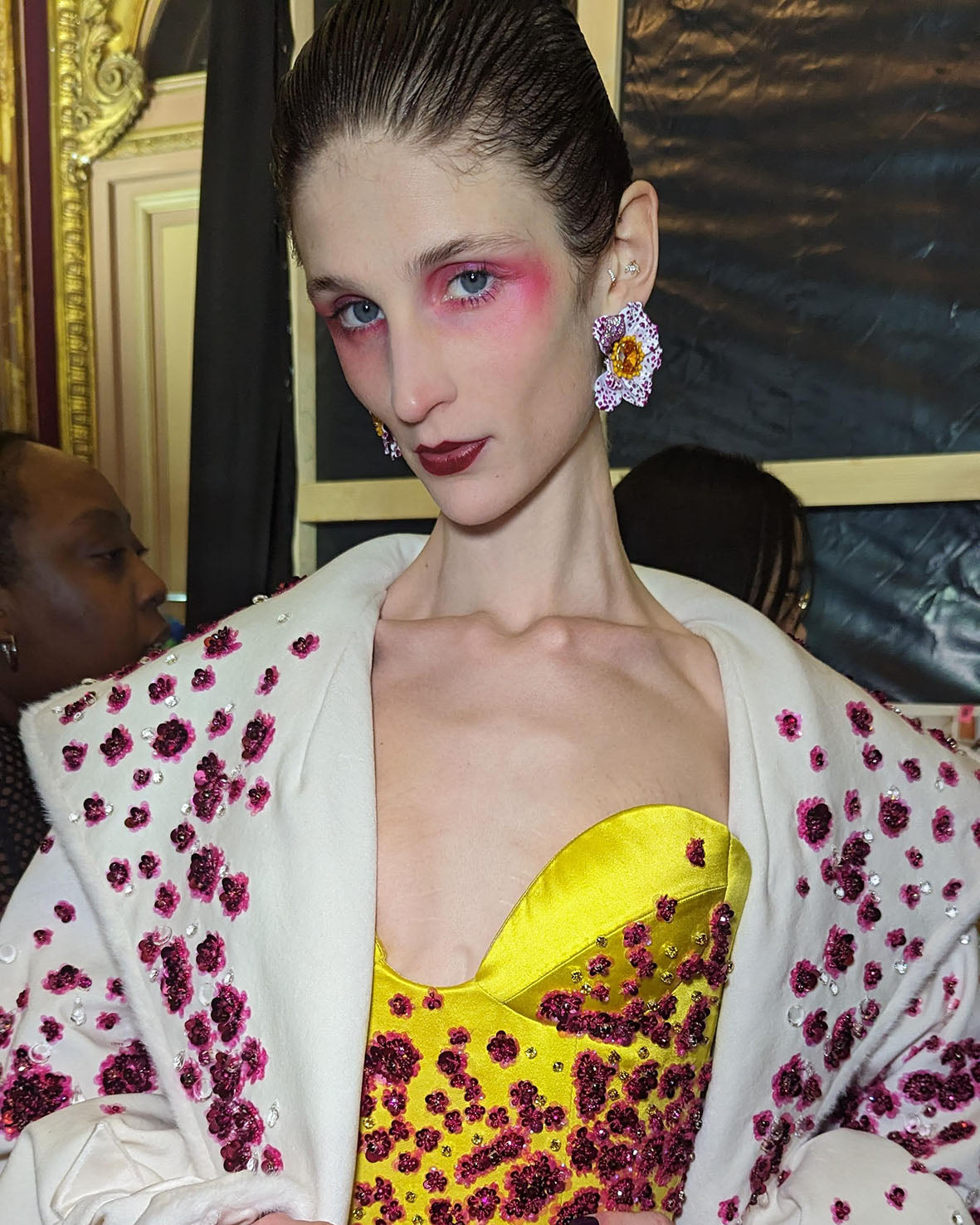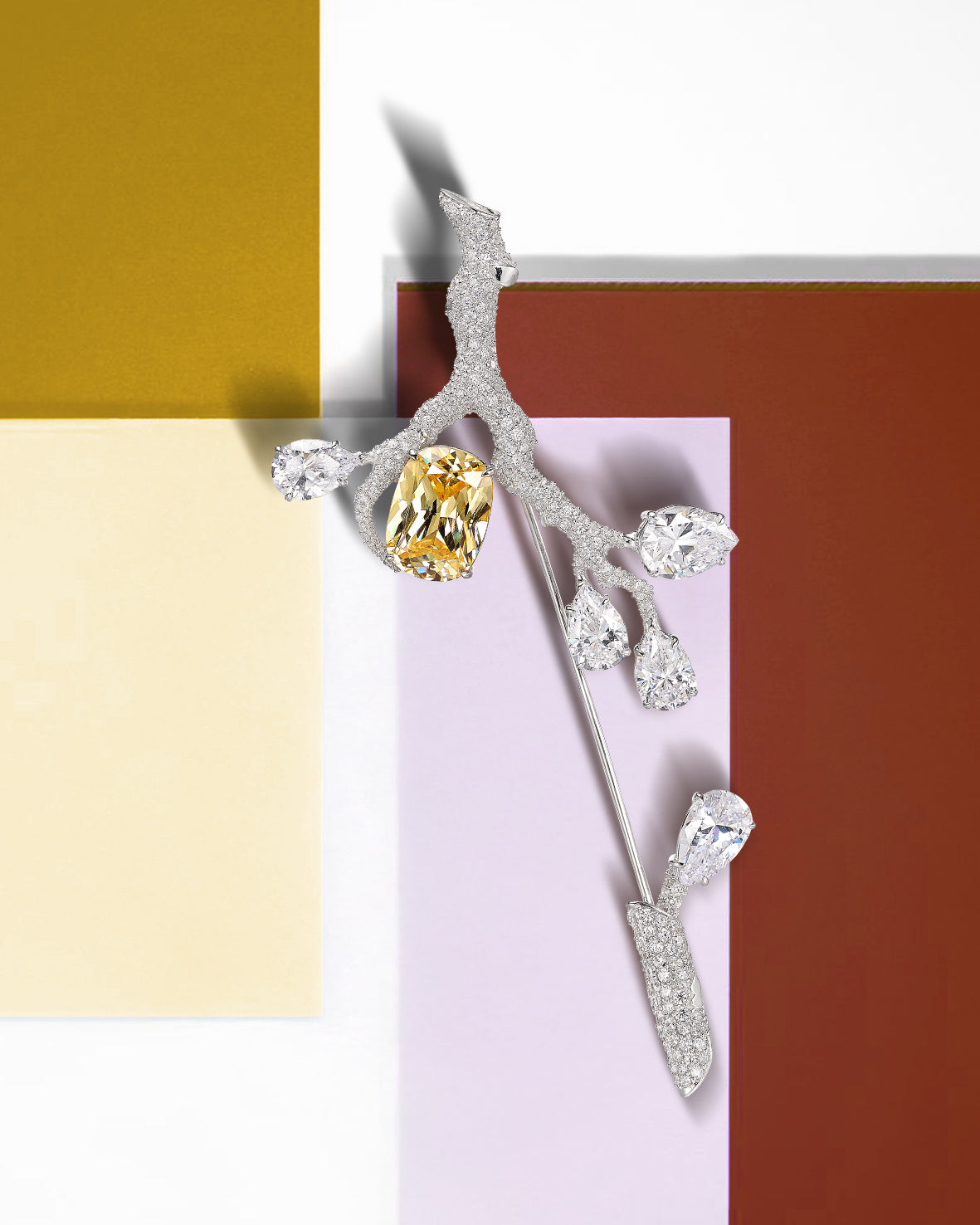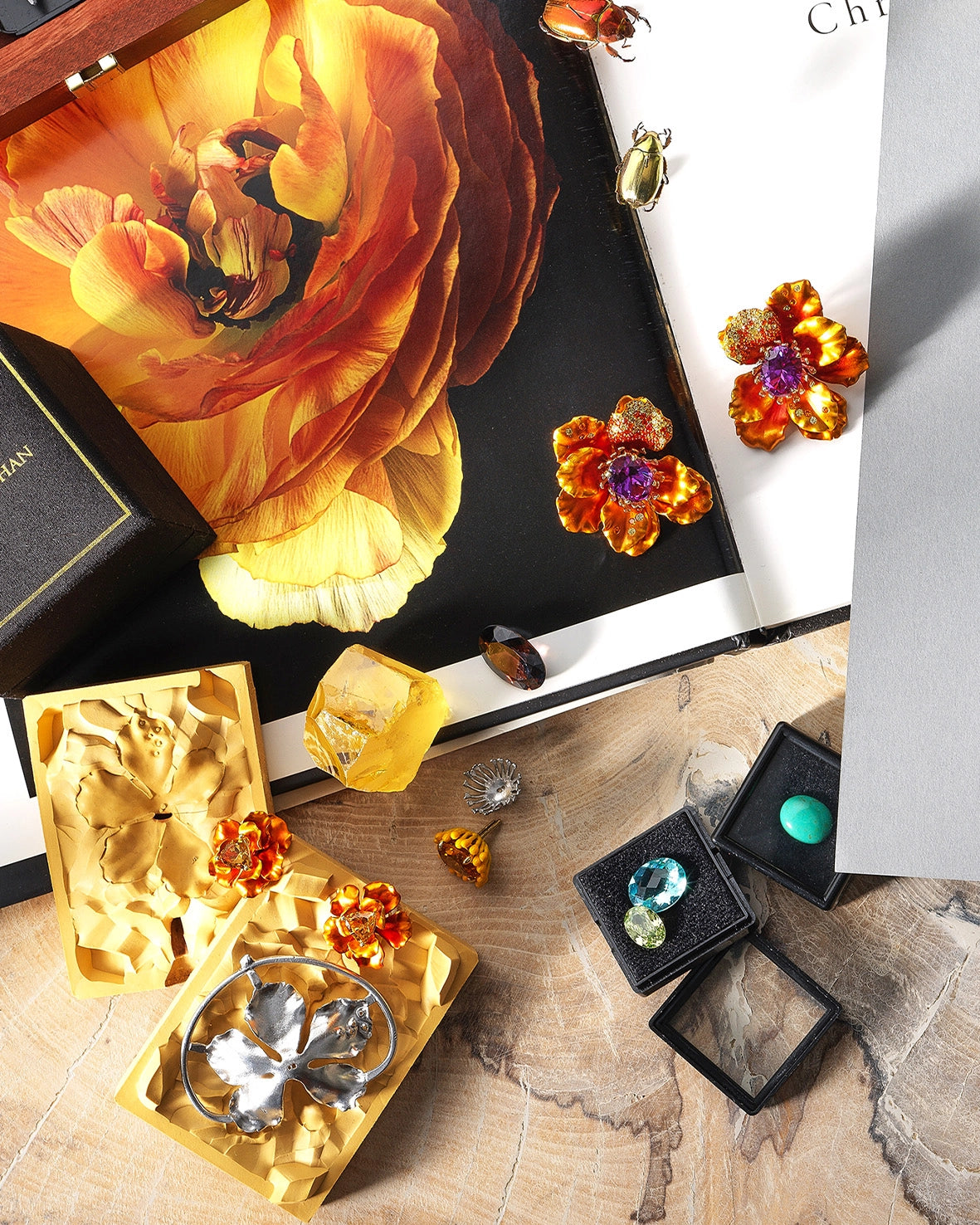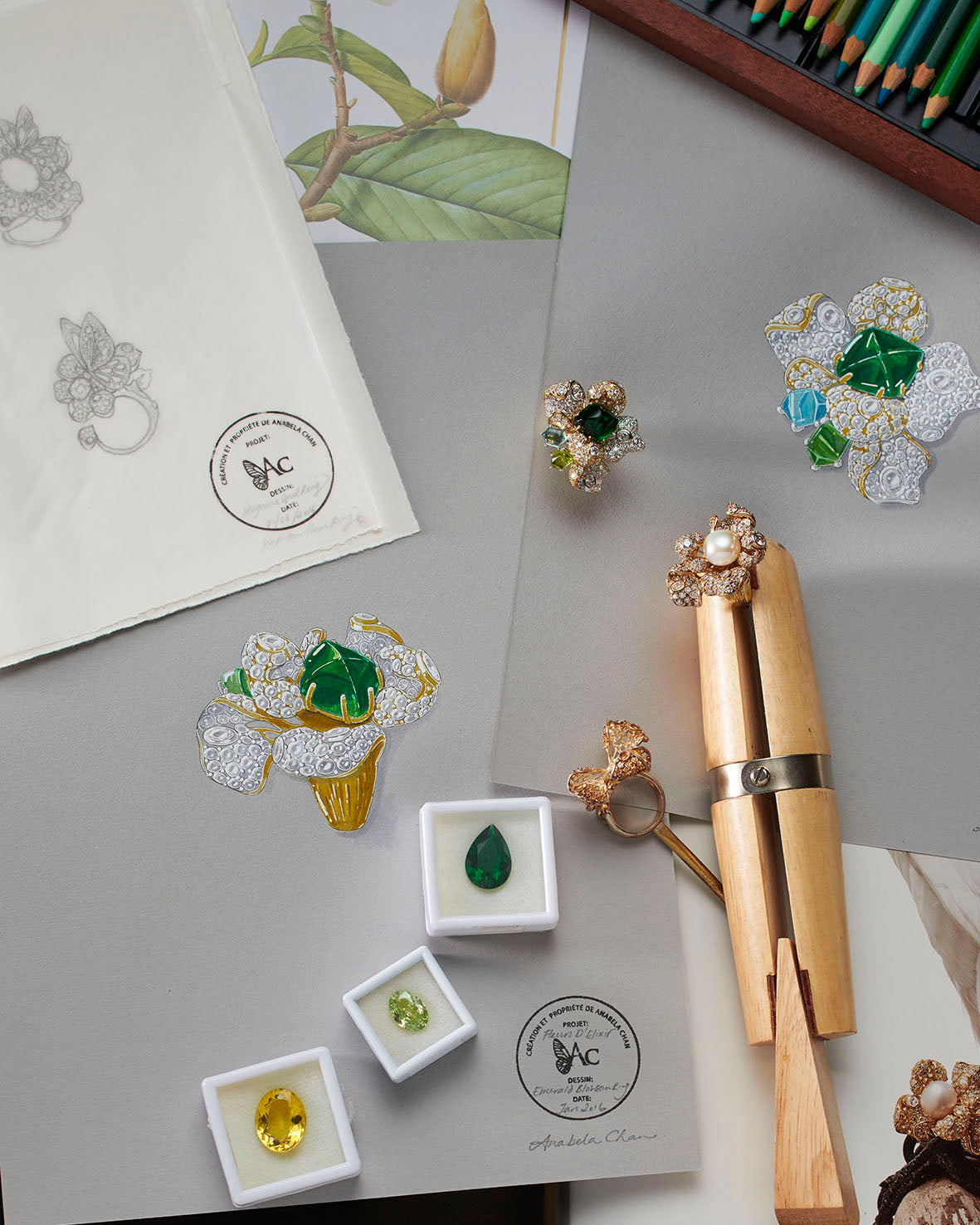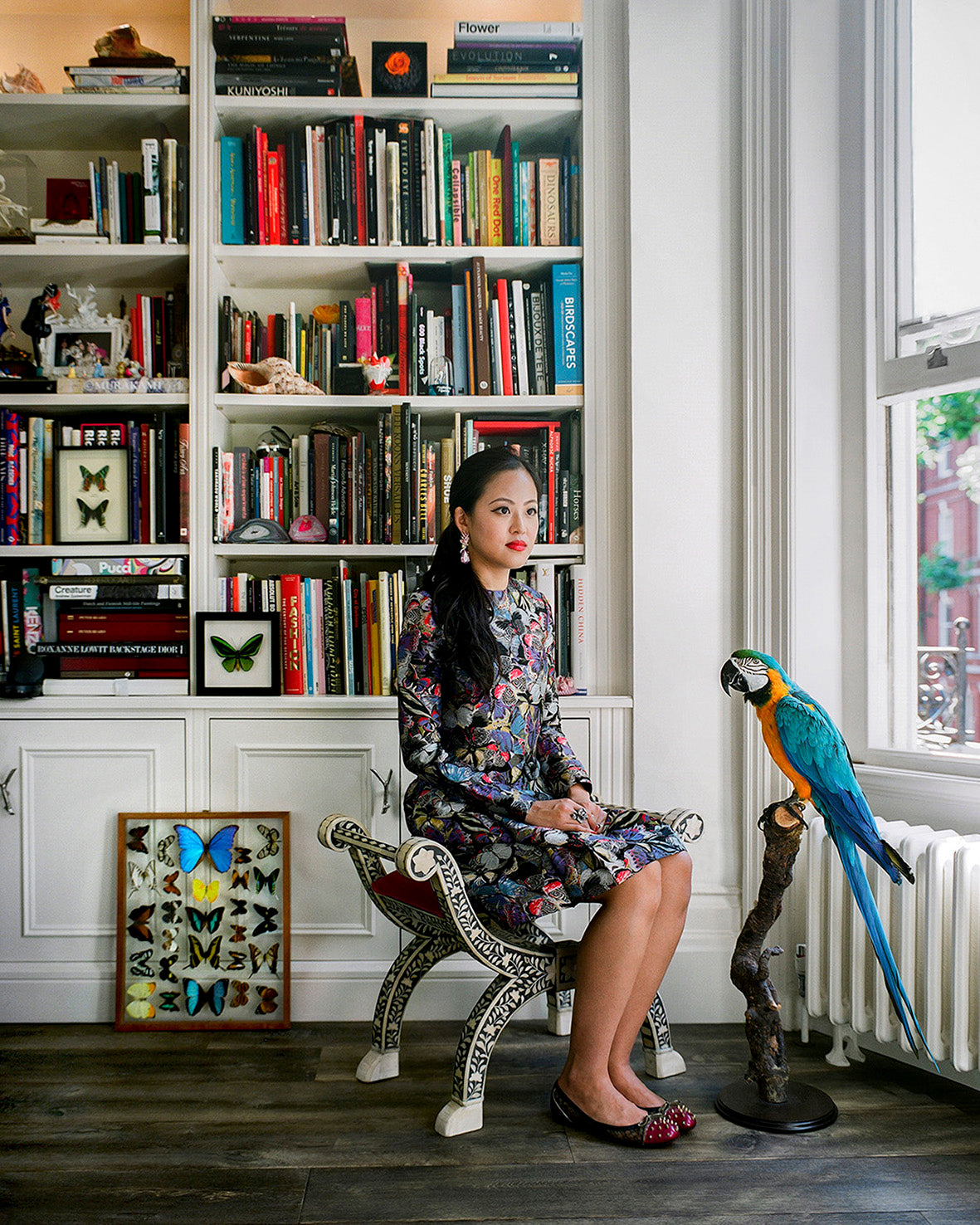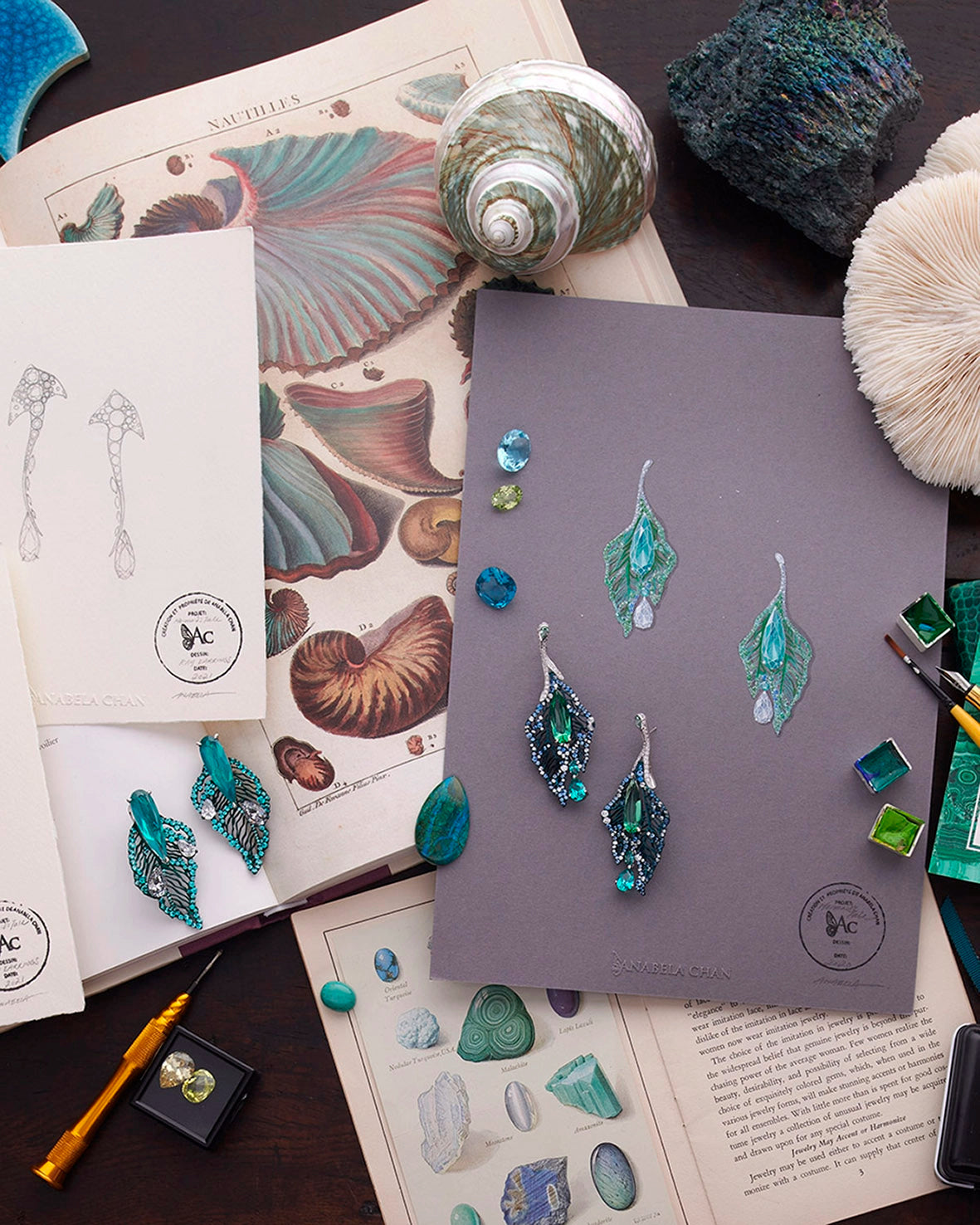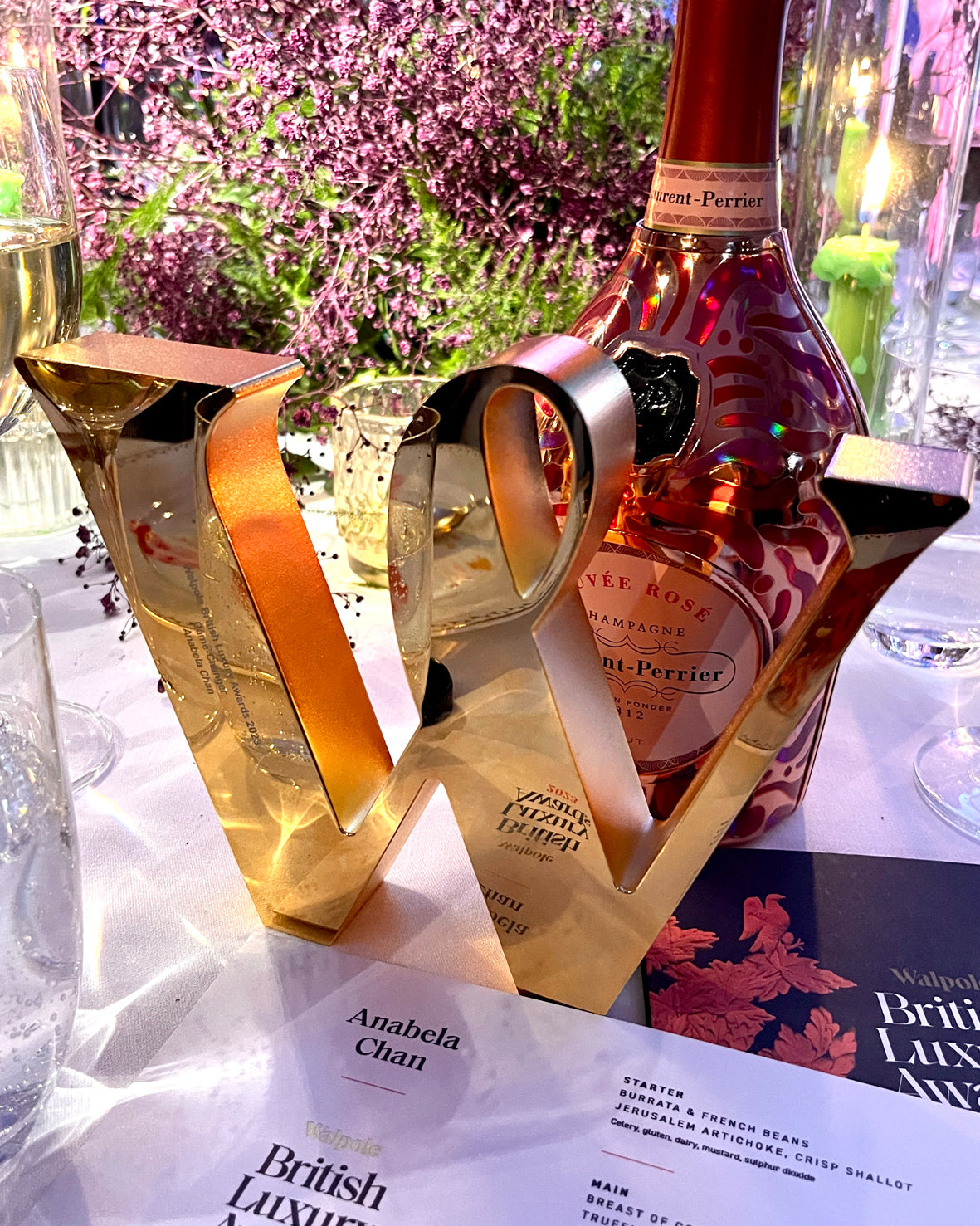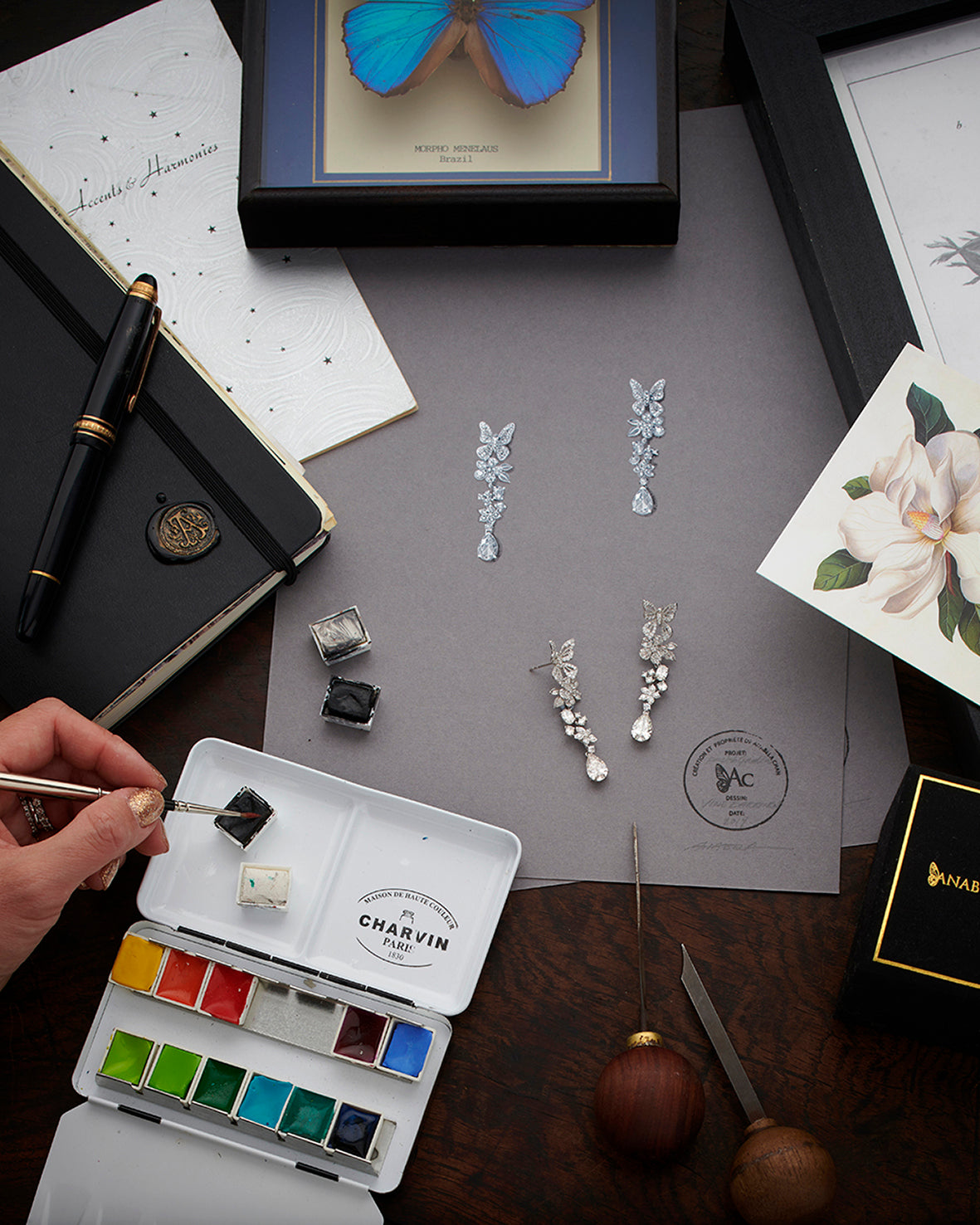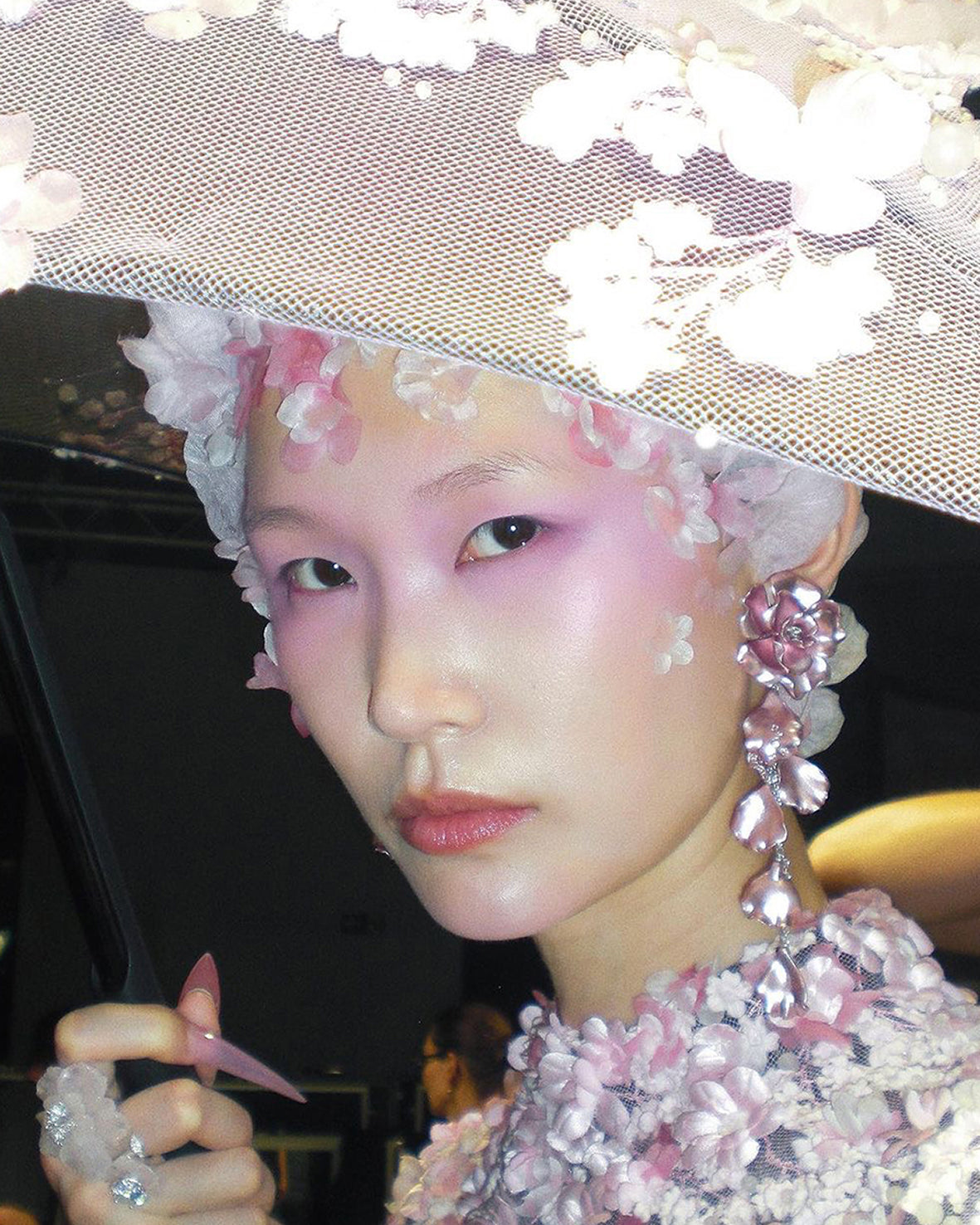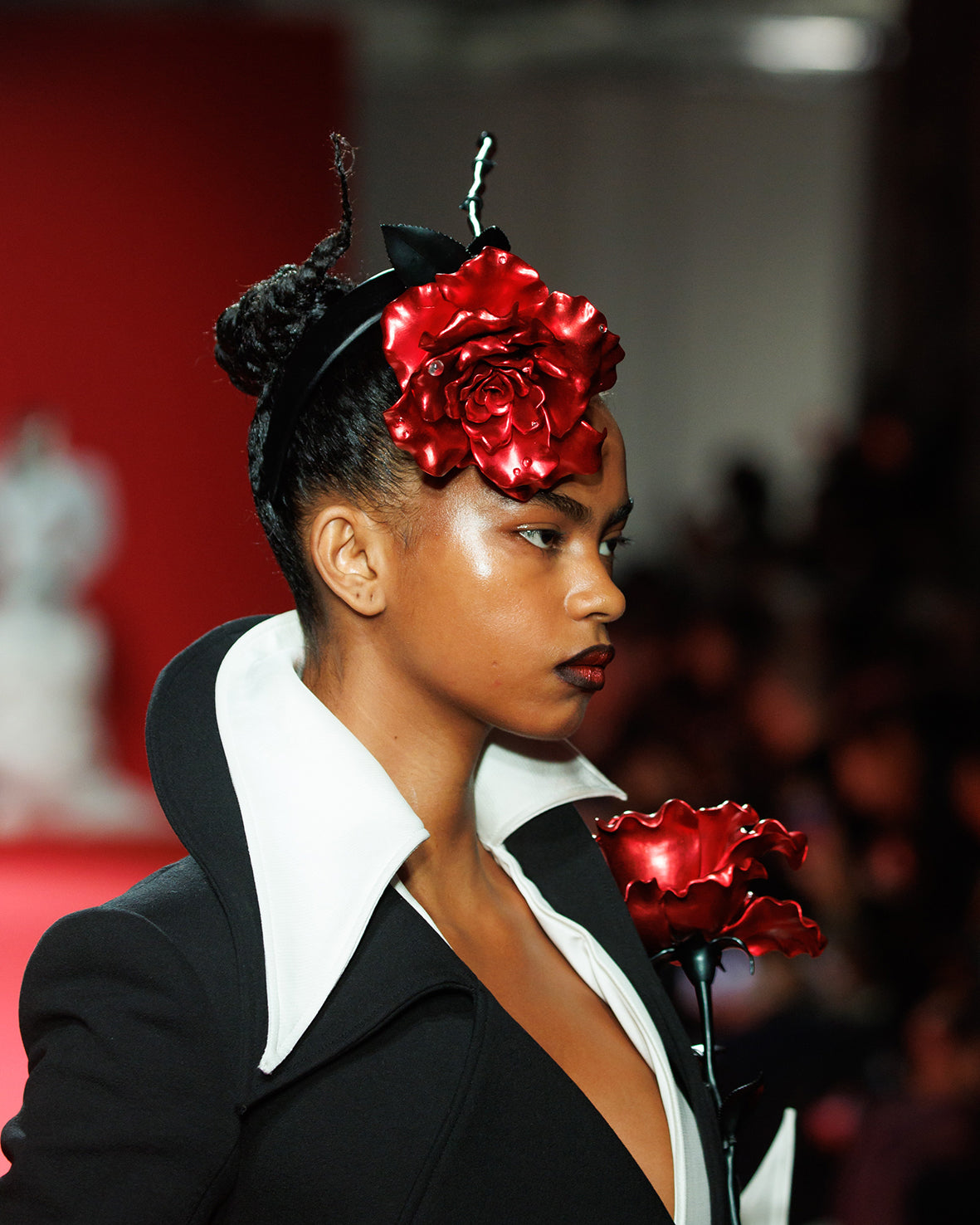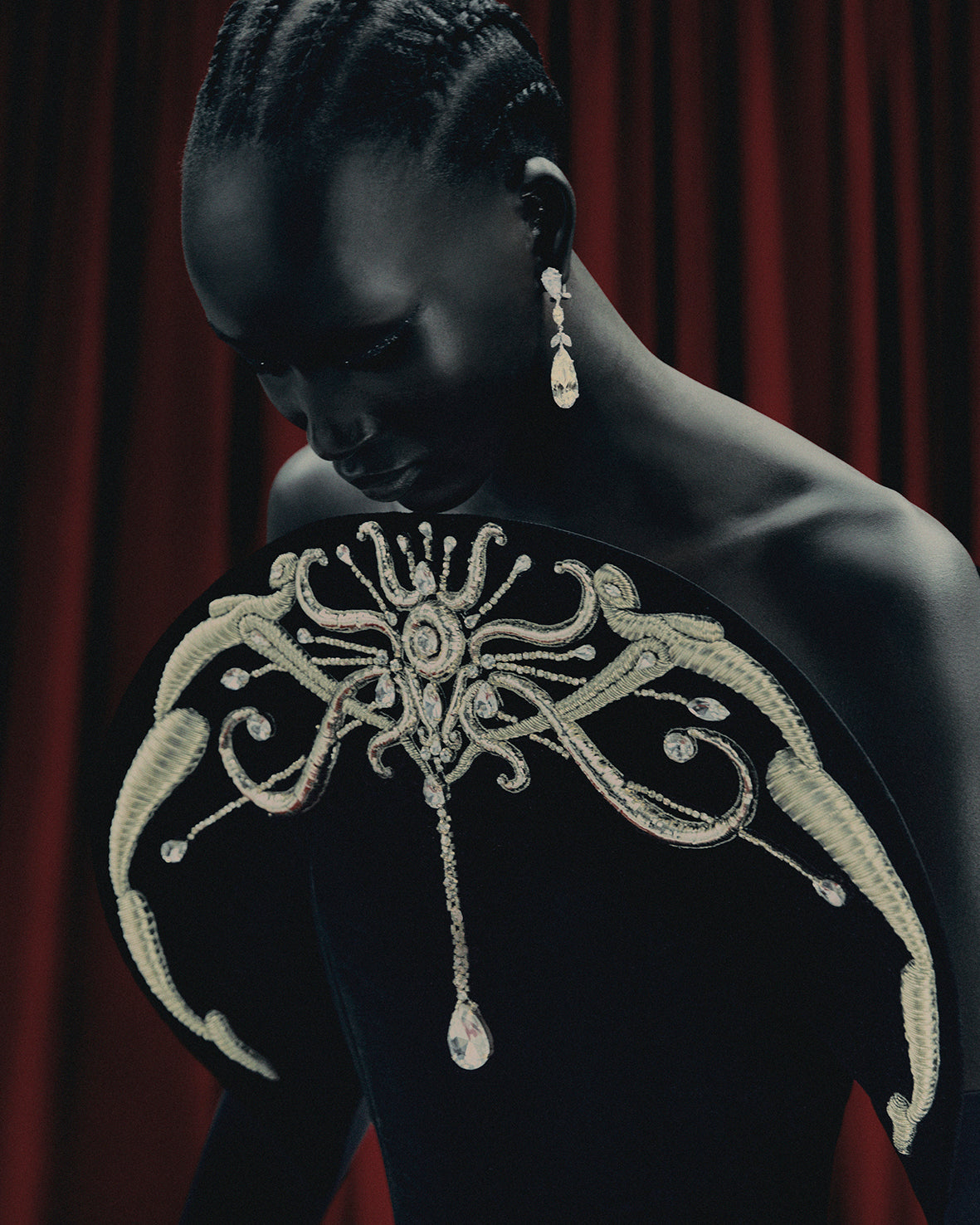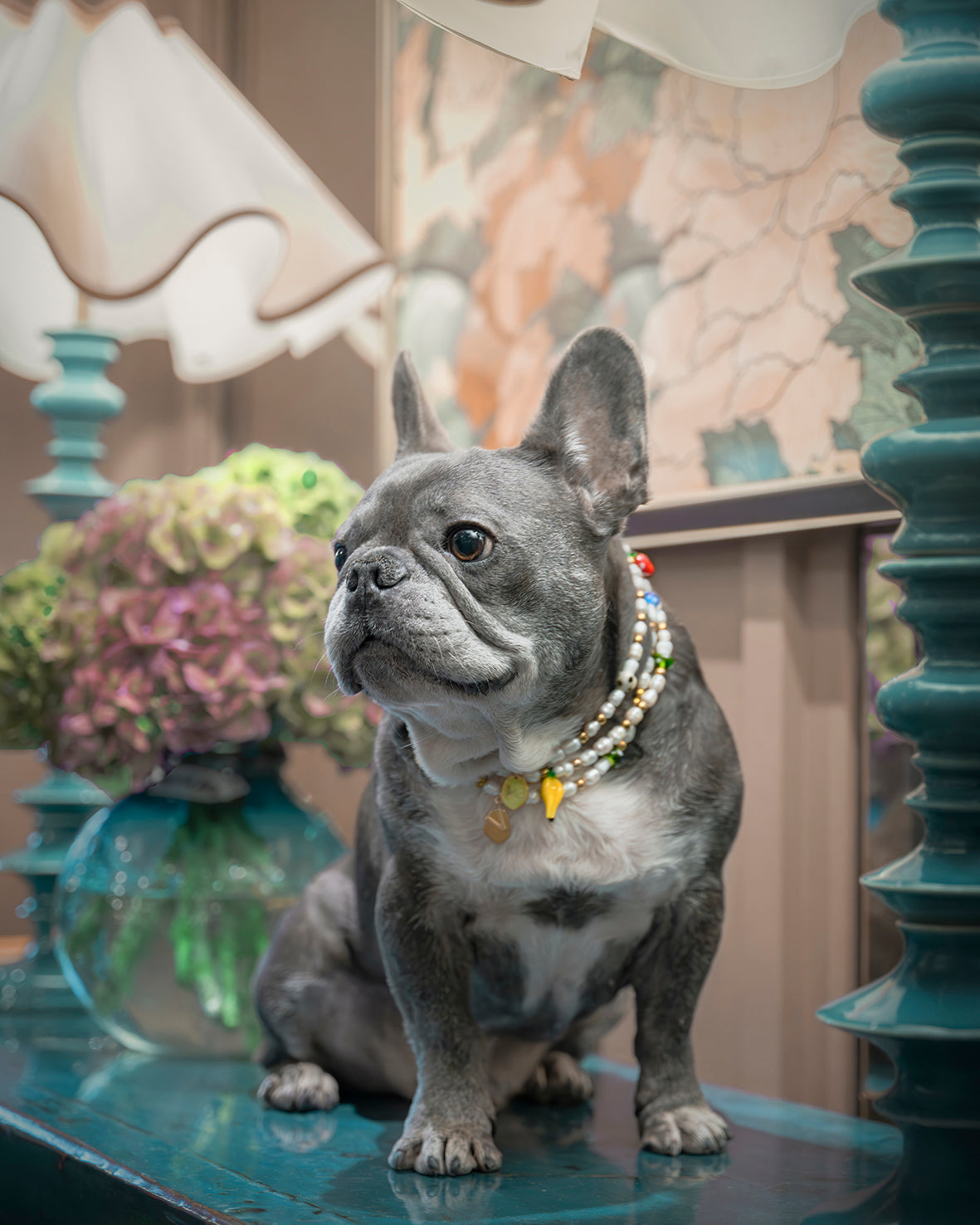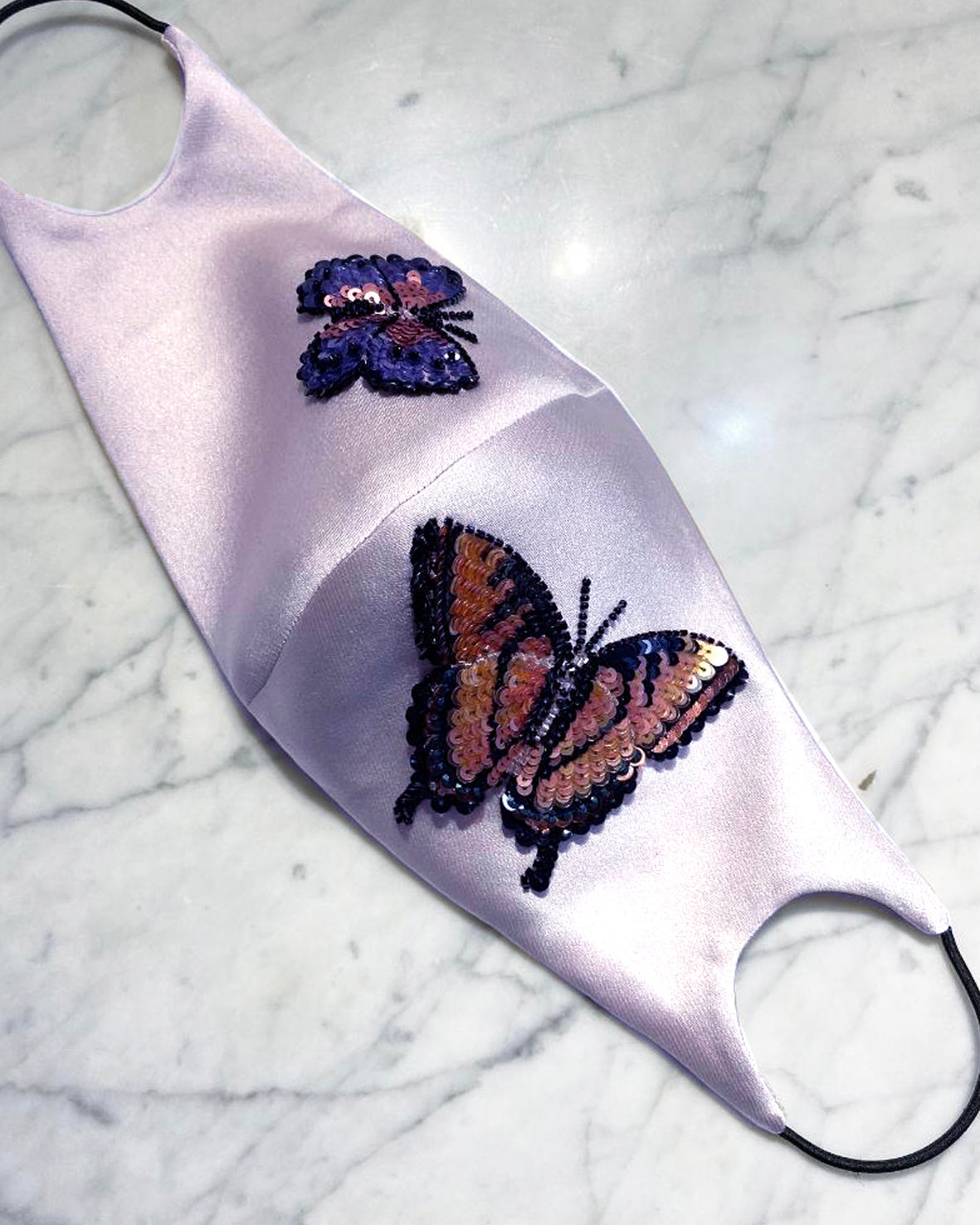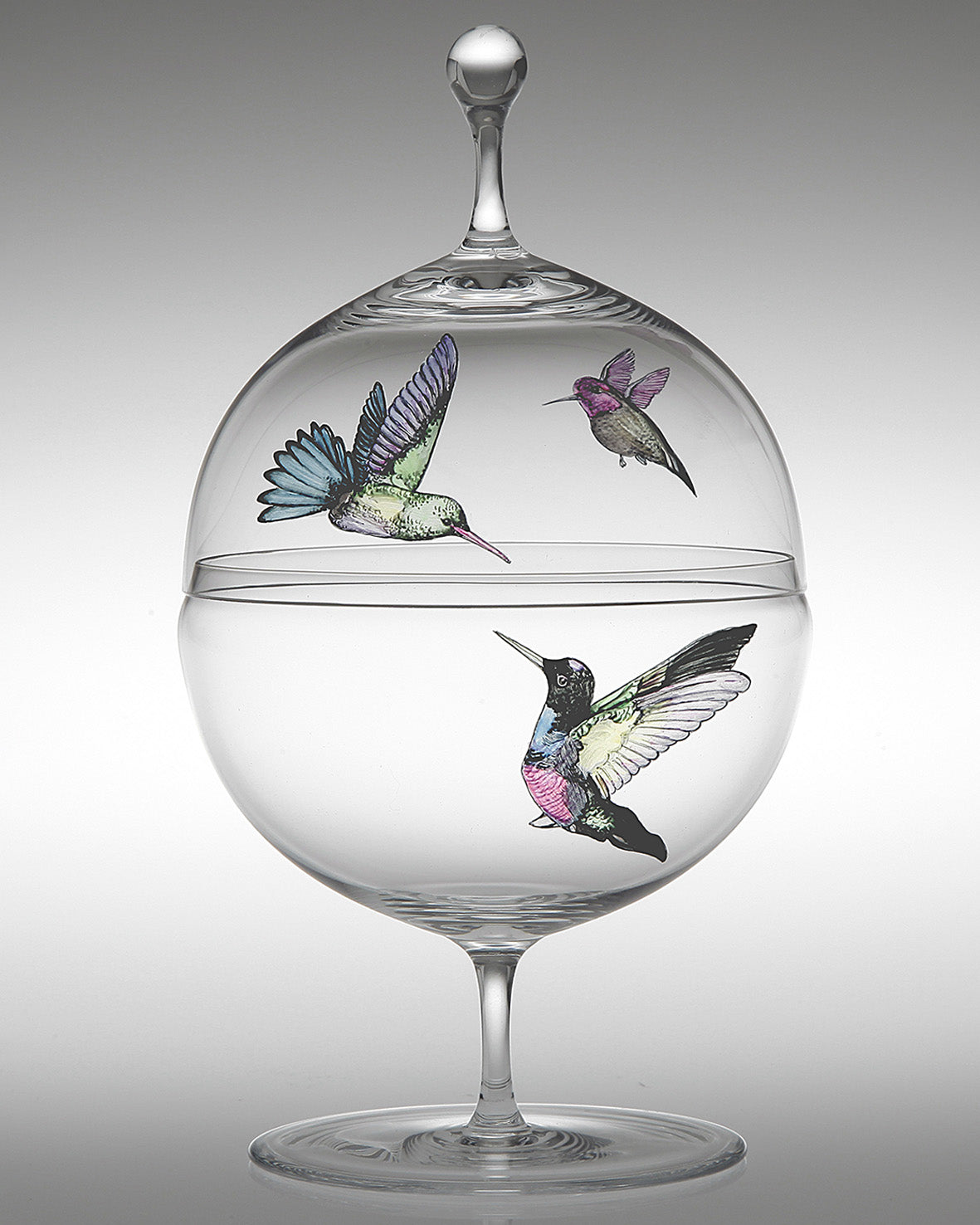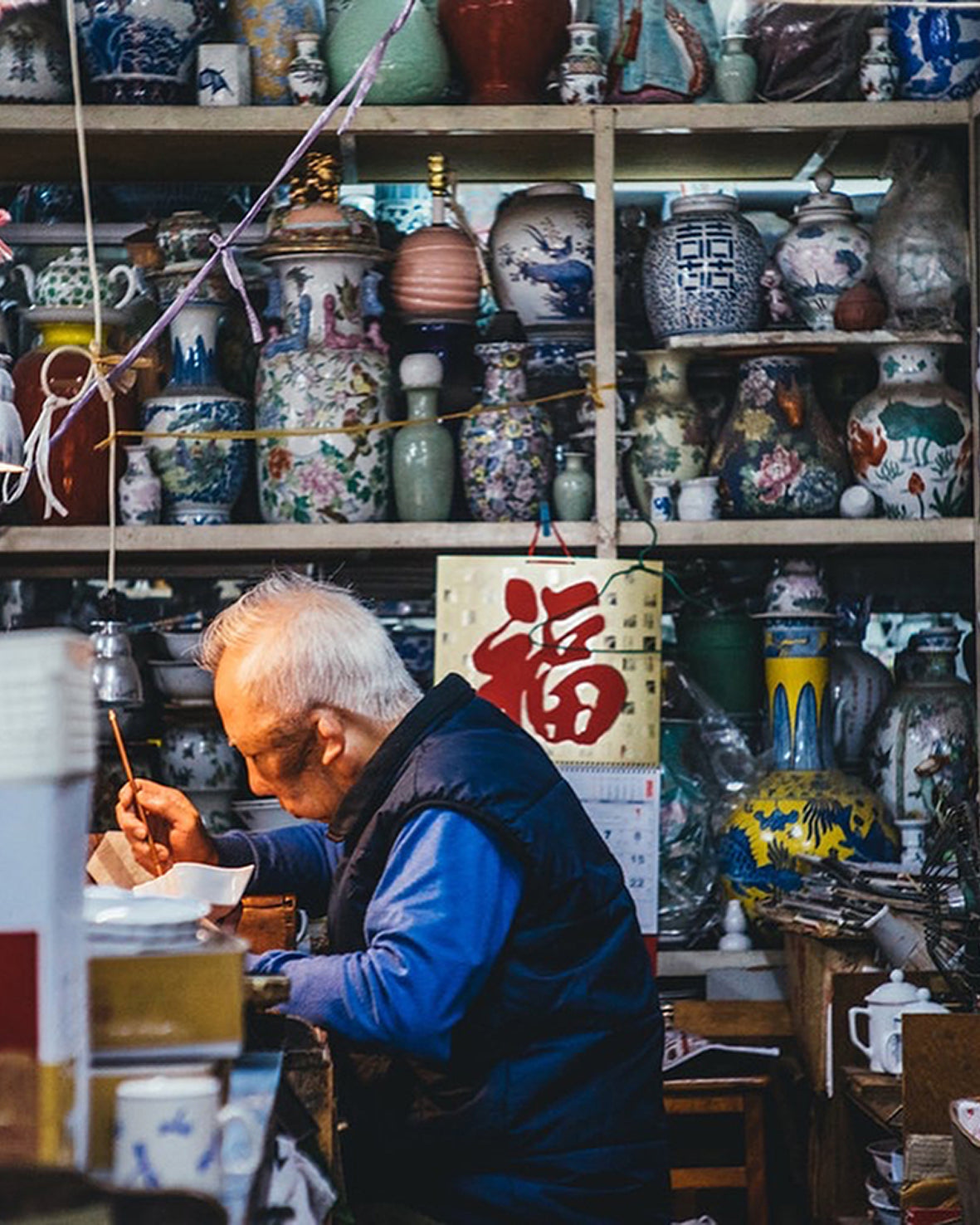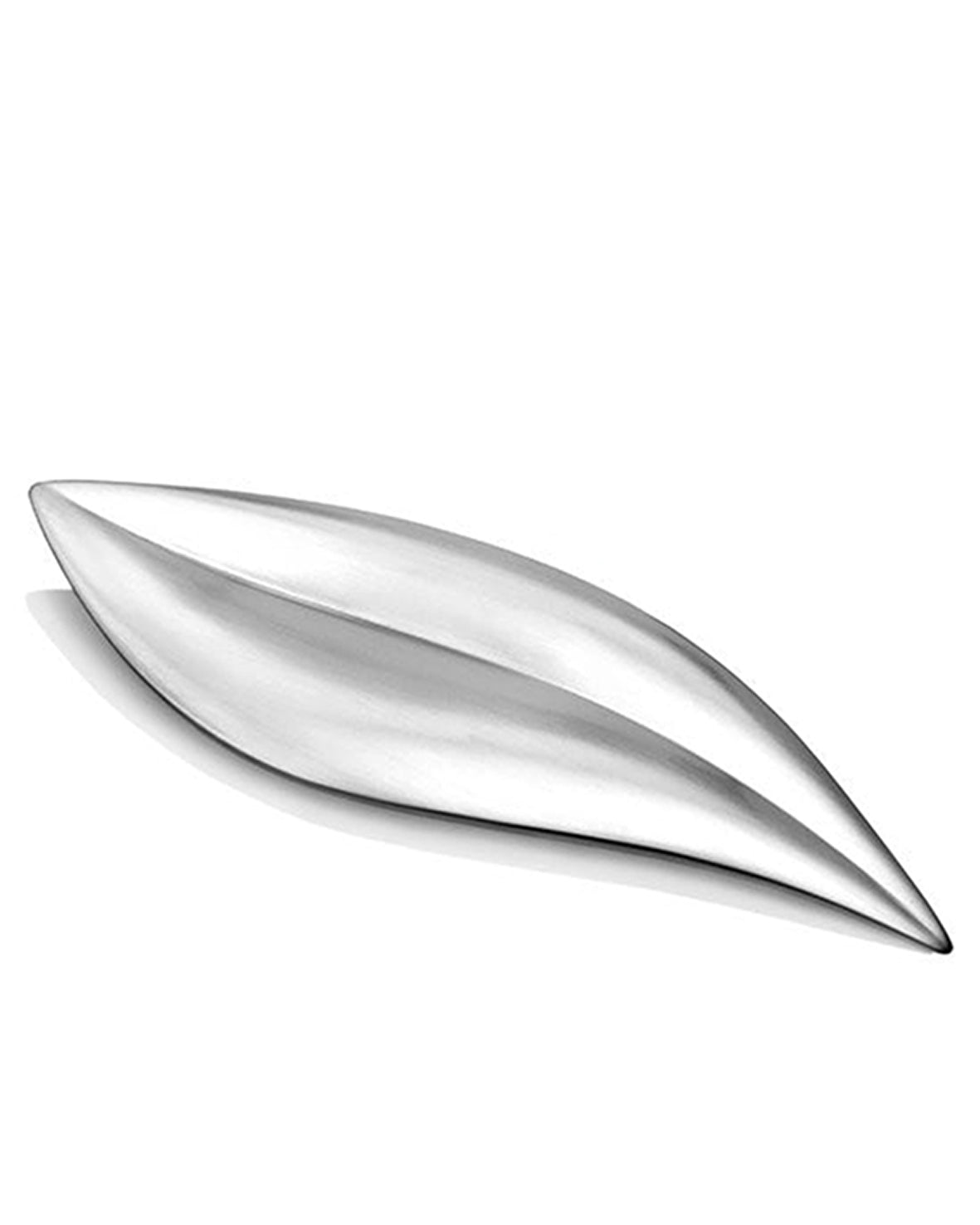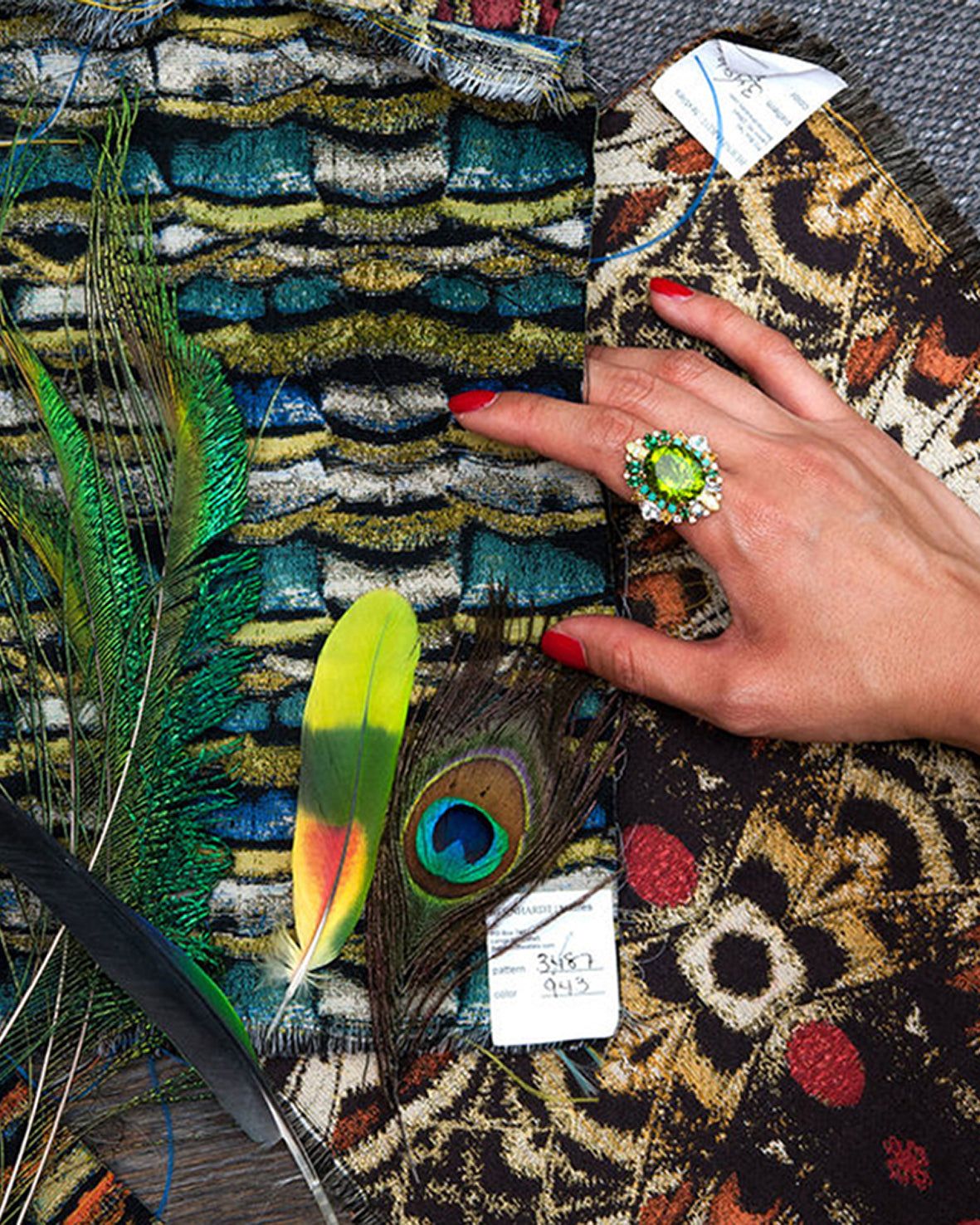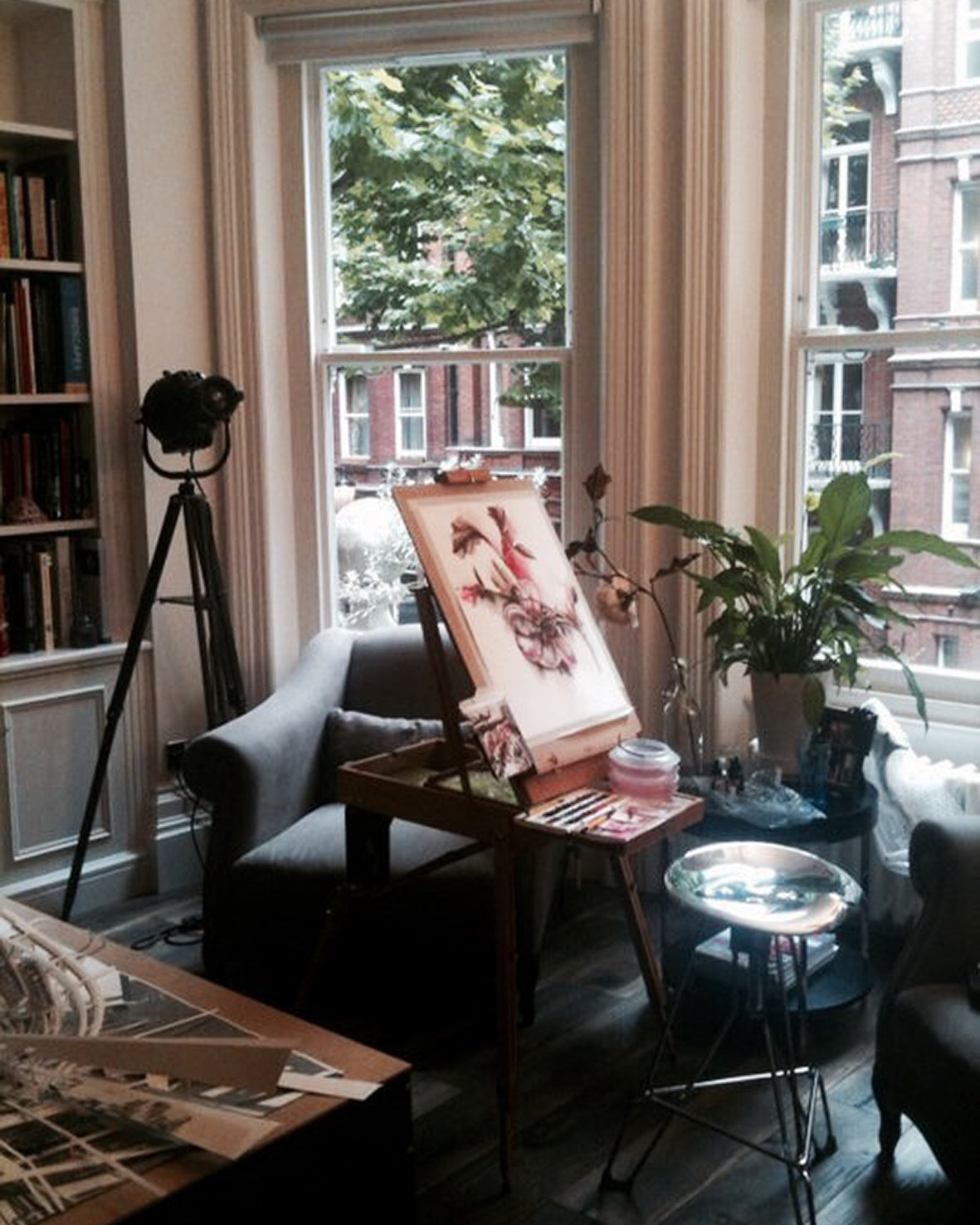Ultramarine . Perfection
Ultramarine . The Latin word for 'beyond the sea' - tells you that it is a colour for which people will go the extra mile. Imagine the deep tone of early-night skies, a pure inky shade without a hint of green. The Renaissance painter Cennino Cennini, usually a harsh critic, describes it as 'illustrious, beautiful and most perfect beyond all colours.'
Ultramarine came to Europe in the early Middle Ages, arriving as raw, rugged lumps of lapis lazuli. Almost all the lapis used came from a single source: the Sar-e-sang mines in Afghanistan's deserted mountains. Once unearthed, it would have travelled along the Silk Road by donkey until it reached the Mediterranean Coast and met ships bound for Venice. Early users, bent over manuscripts in monasteries, couldn't have guessed how far the jewel-bright hue on their brushes have travelled. First, it had to be pounded down to powder; it was then mixed with mastic and wax, kneaded like dough for several days between two sticks in a solution of lye, and finally drained and dried. Unsurprisingly, ultramarine remained exorbitantly expensive until the 19th century. To the traditional medieval mind, which equated value with virtue, ultramarine came second only to gold and was used sparingly to paint the robes of the Virgin Mary. Only Titian, a wanton Venetian colourist blessed with rich patrons, could splash it as recklessly as he did in Bacchus and Ariande (1523).
This summer, I am mesmerised by this magical hue, a colour truly more seductive than gold.



